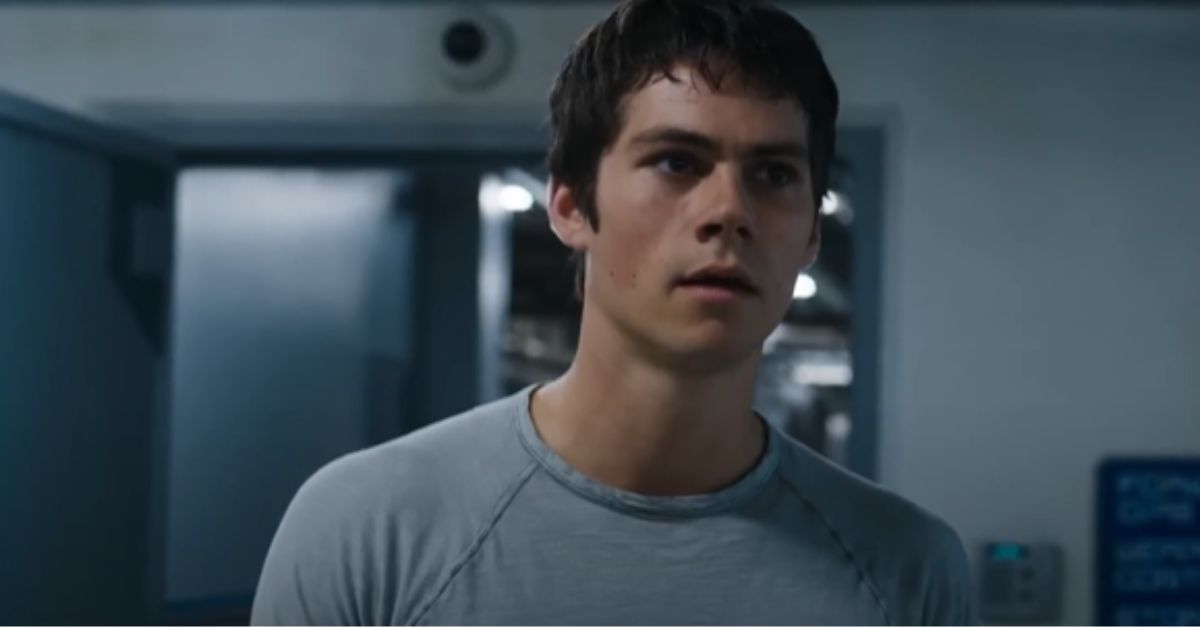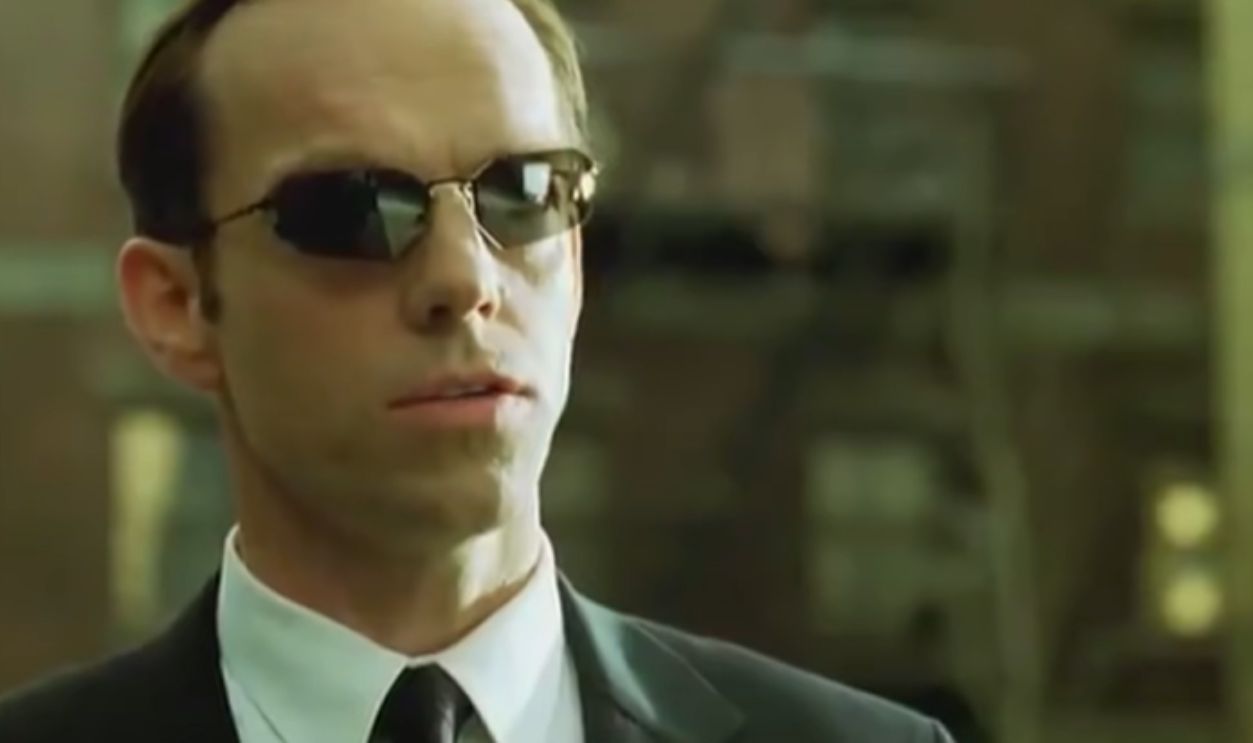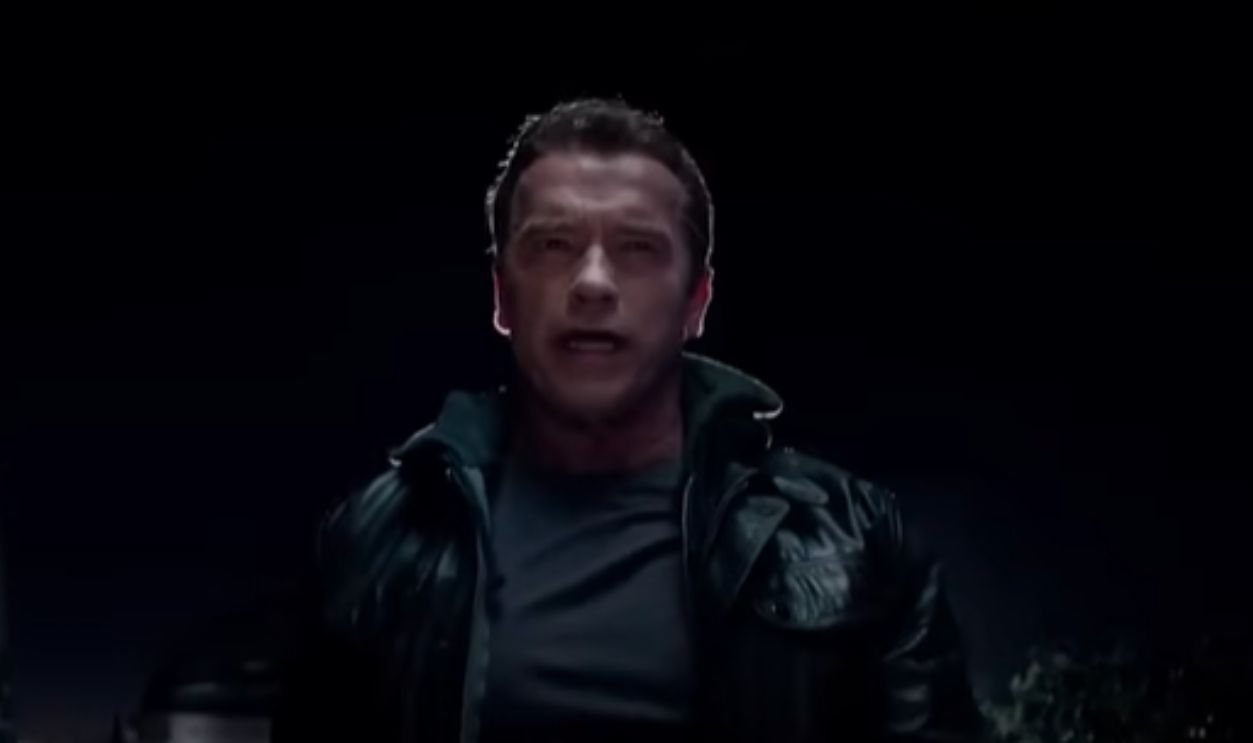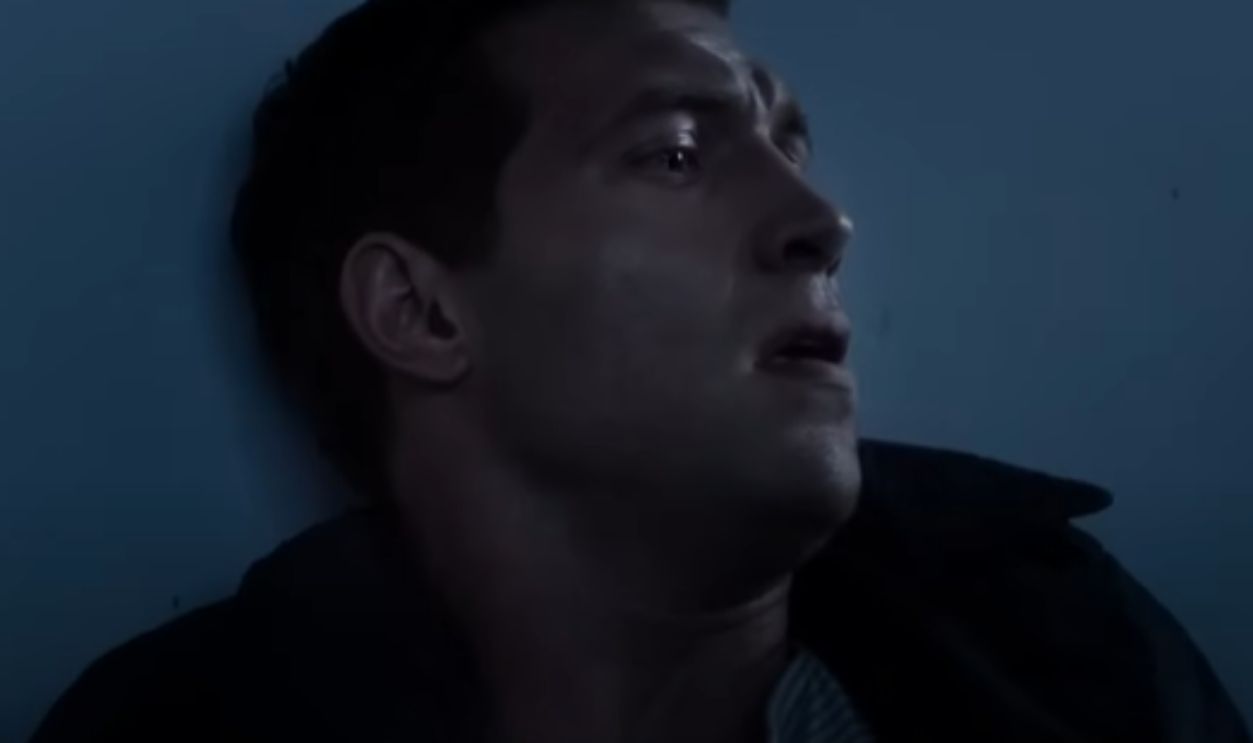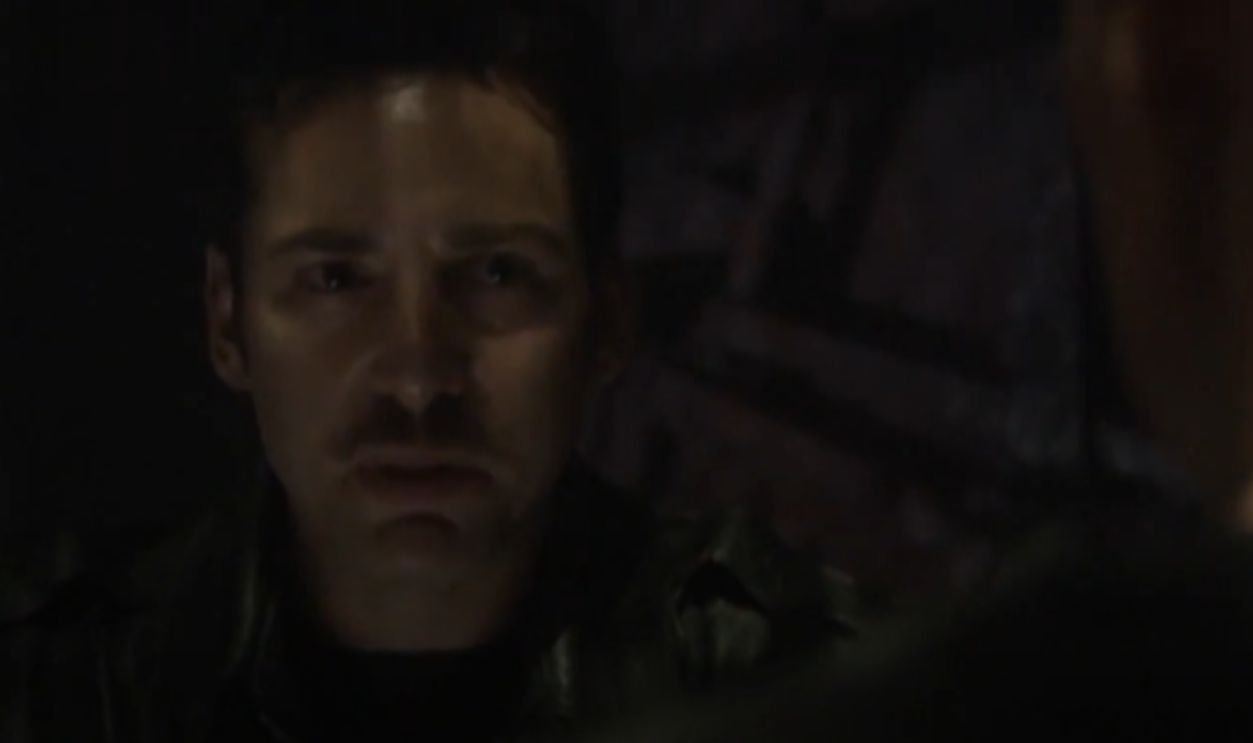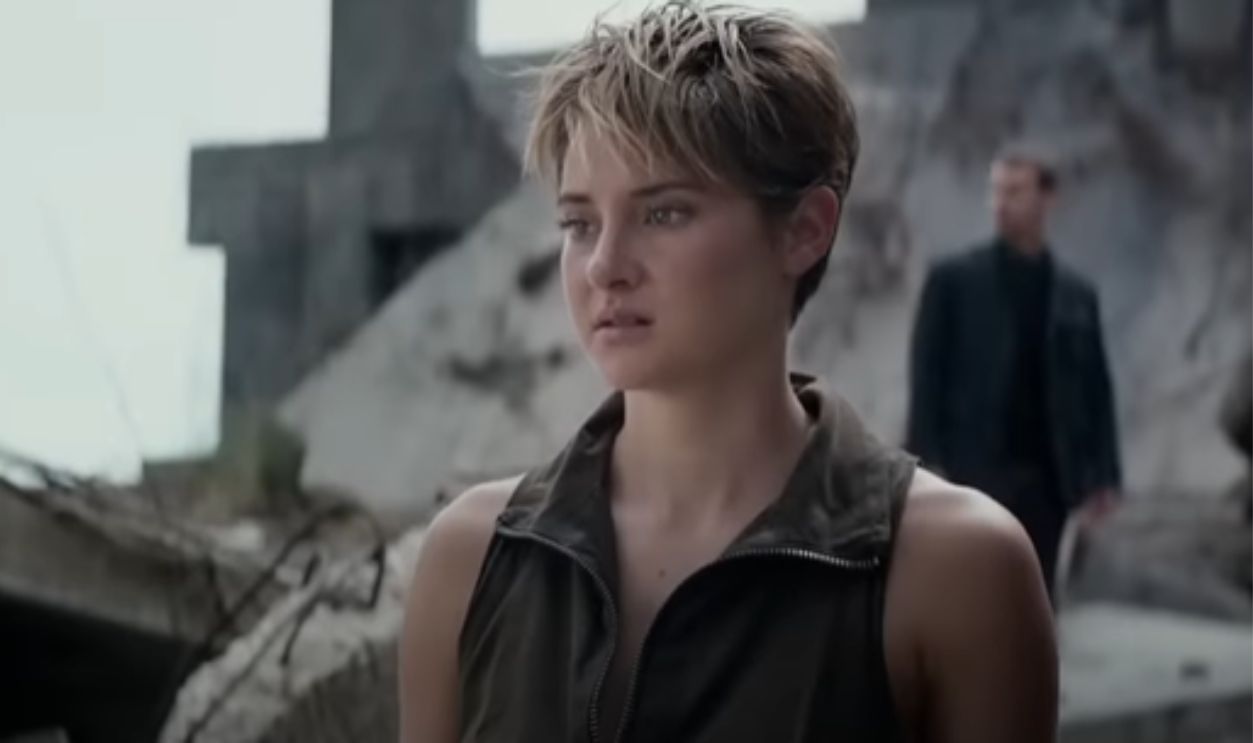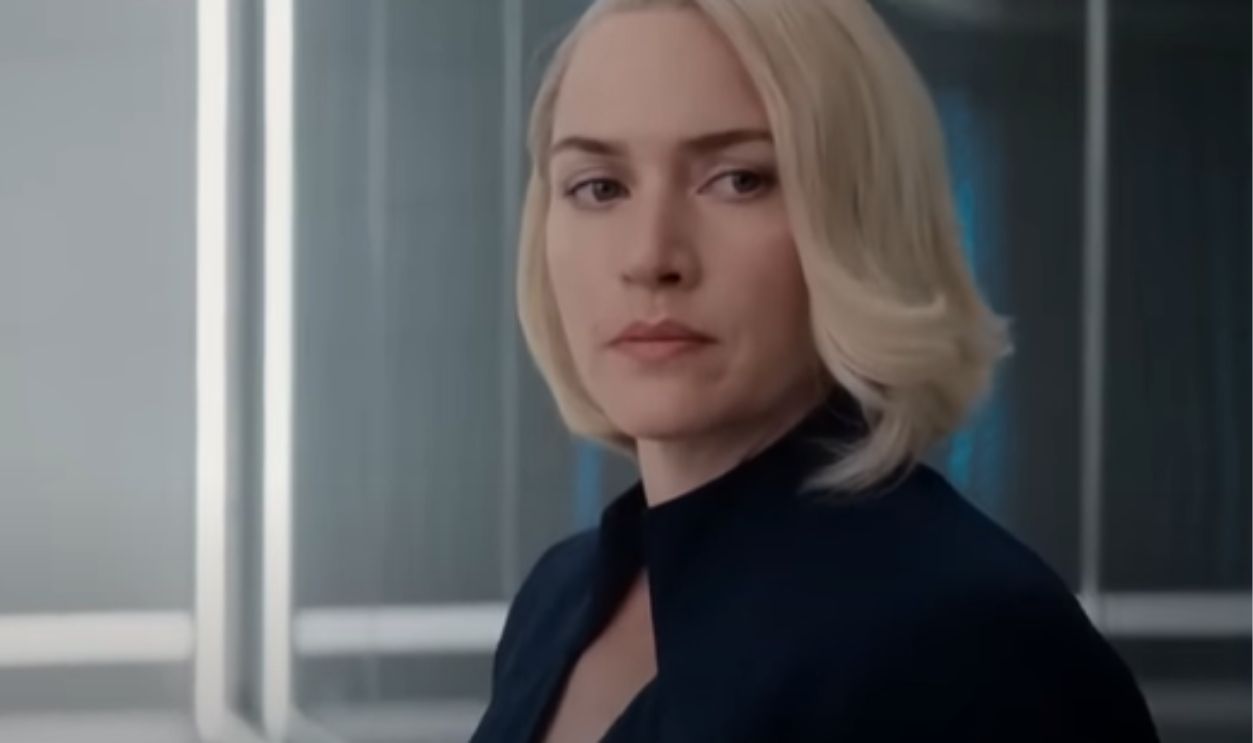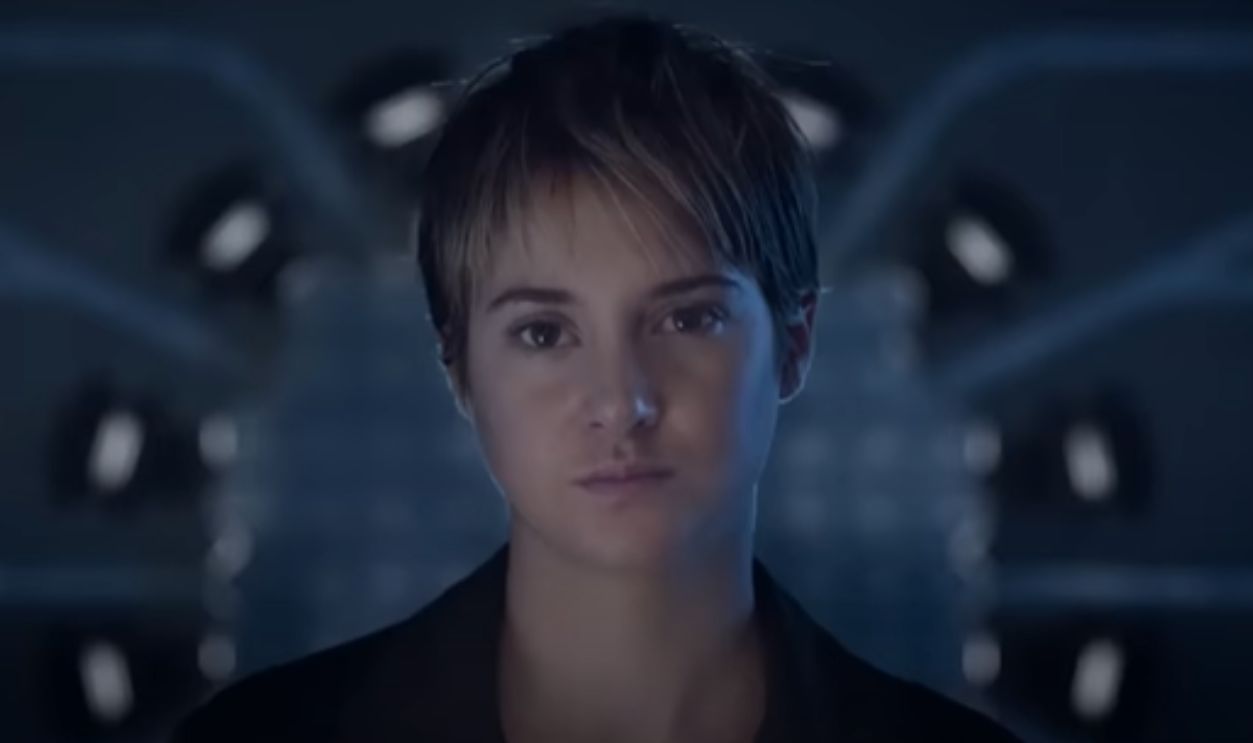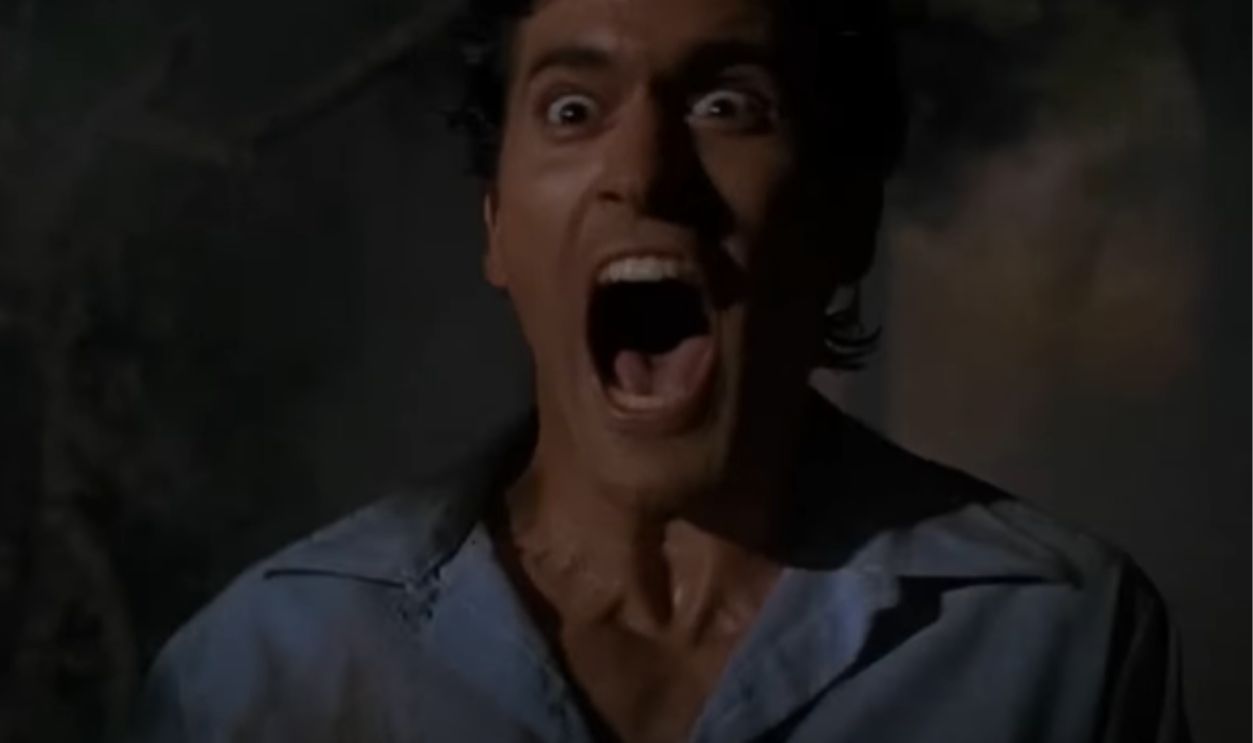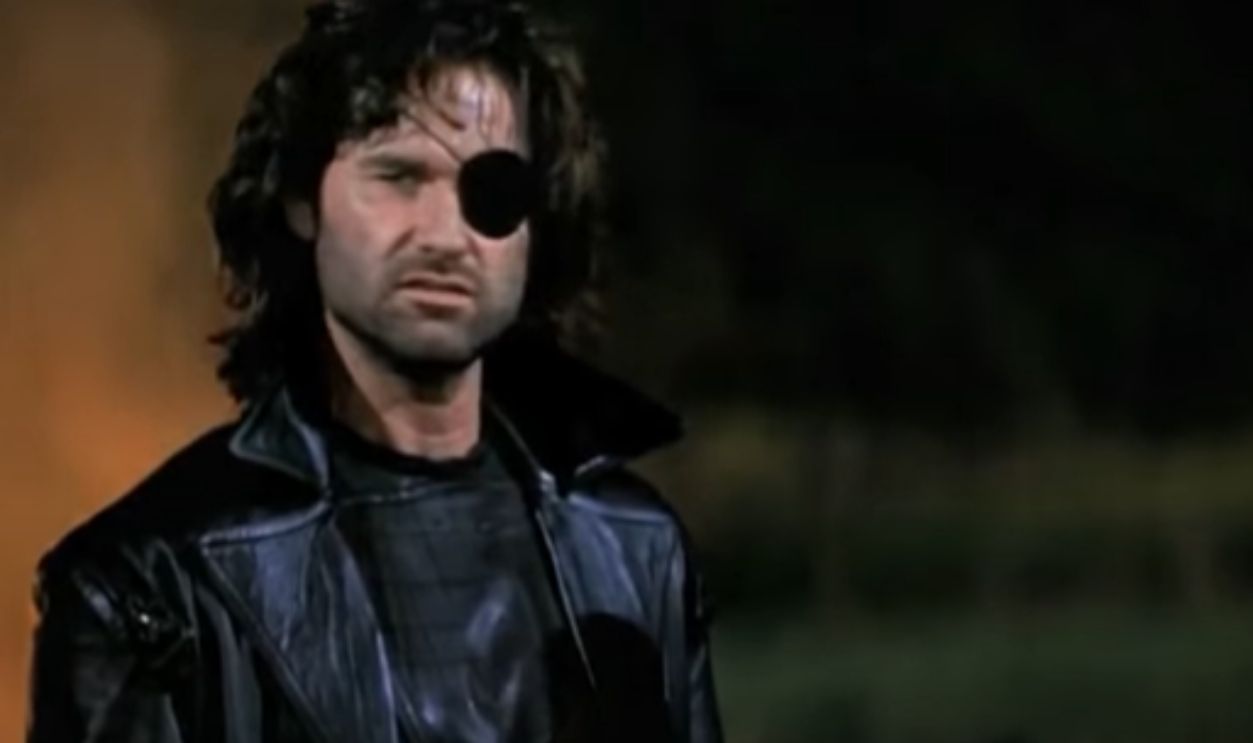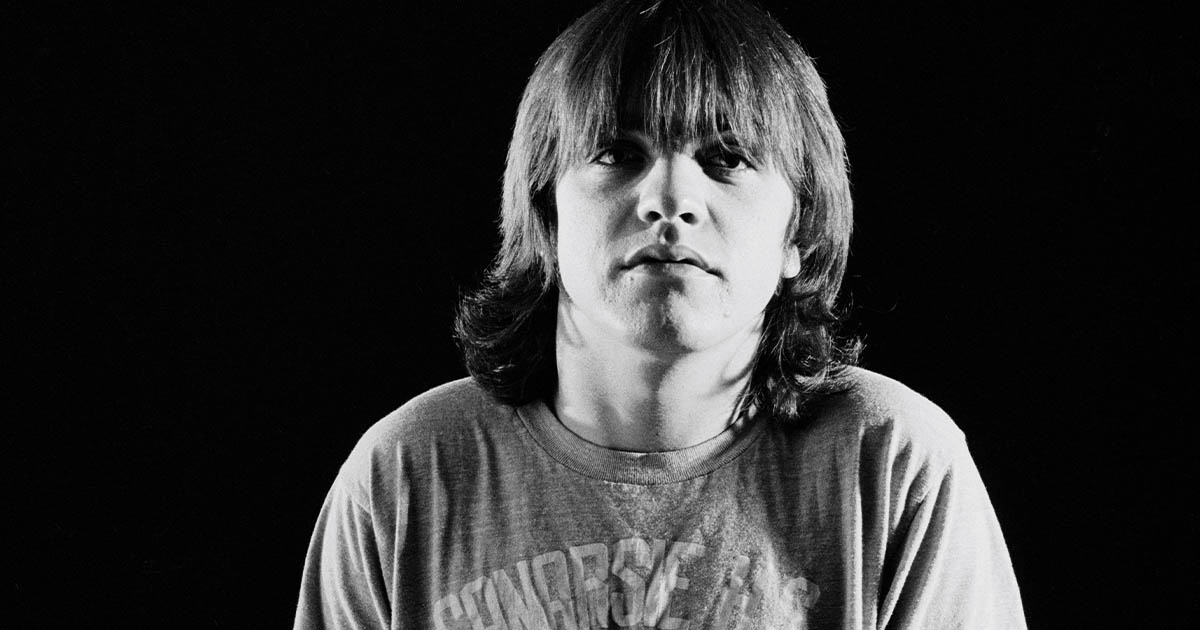Oh Happy Day
You watch a sci-fi movie and instantly fall in love. Then comes the burning question: “Was this the first”? Good news, sci-fi fans: Some of your favorite films were expanded sequels. Today, we’re diving into 14 unforgettable follow-ups. But first…
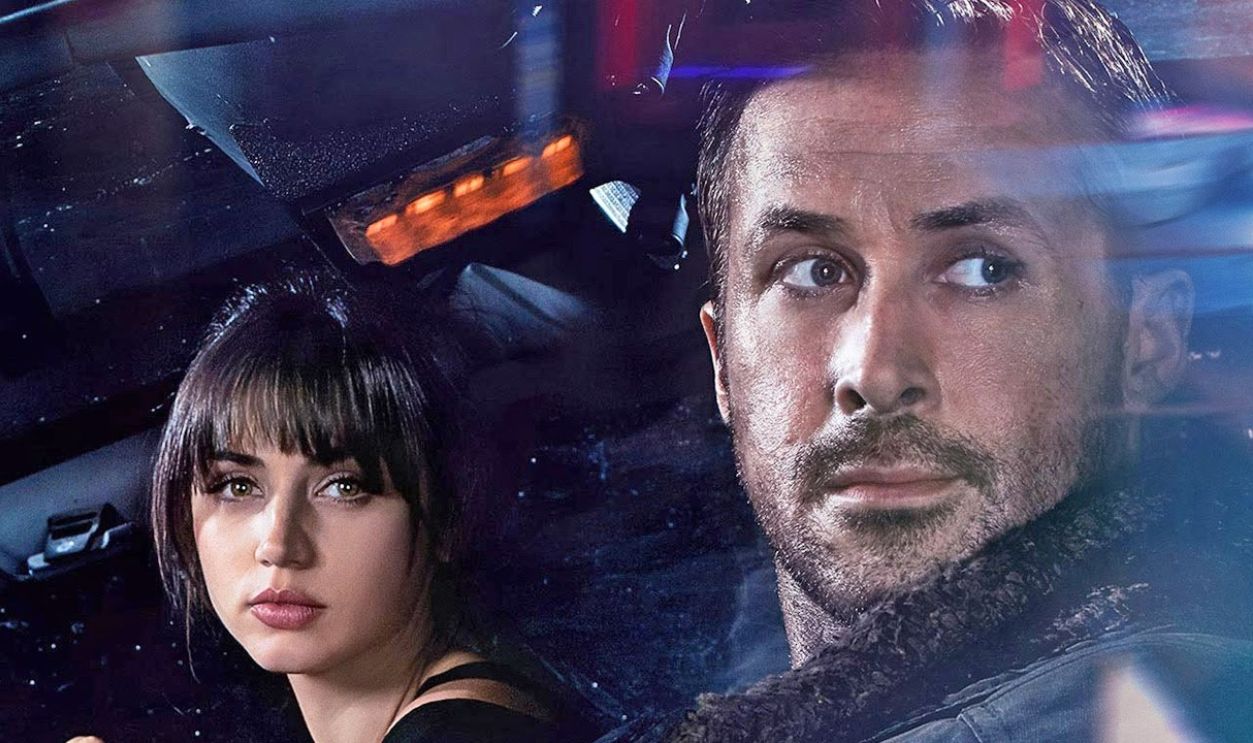
What Prompts A Sequel?
A sequel often stems from the irresistible combination of fan demand and box-office success. When audiences connect deeply with a story or characters, studios see an opportunity to capitalize on that attachment. Franchises like Star Wars were born from such demand, driven by world-building that leaves audiences craving more.
What Makes One A Success?
Successful sequels must balance familiarity with innovation. Fans are always searching for interesting twists with the same or improved characters. Then there is the aspect of finances, with higher revenues taking the lead. That’s enough analysis; next come the 14 films.
Tron: Legacy (2010)
The original Tron came out in 1982, and boy, did the fans love it. It immersed viewers in a groundbreaking digital world where a computer programmer, Kevin Flynn, fought for survival inside a computer system. In 2005, two writers, Klugman and Sternthal, got the call from Walt Disney Pictures.
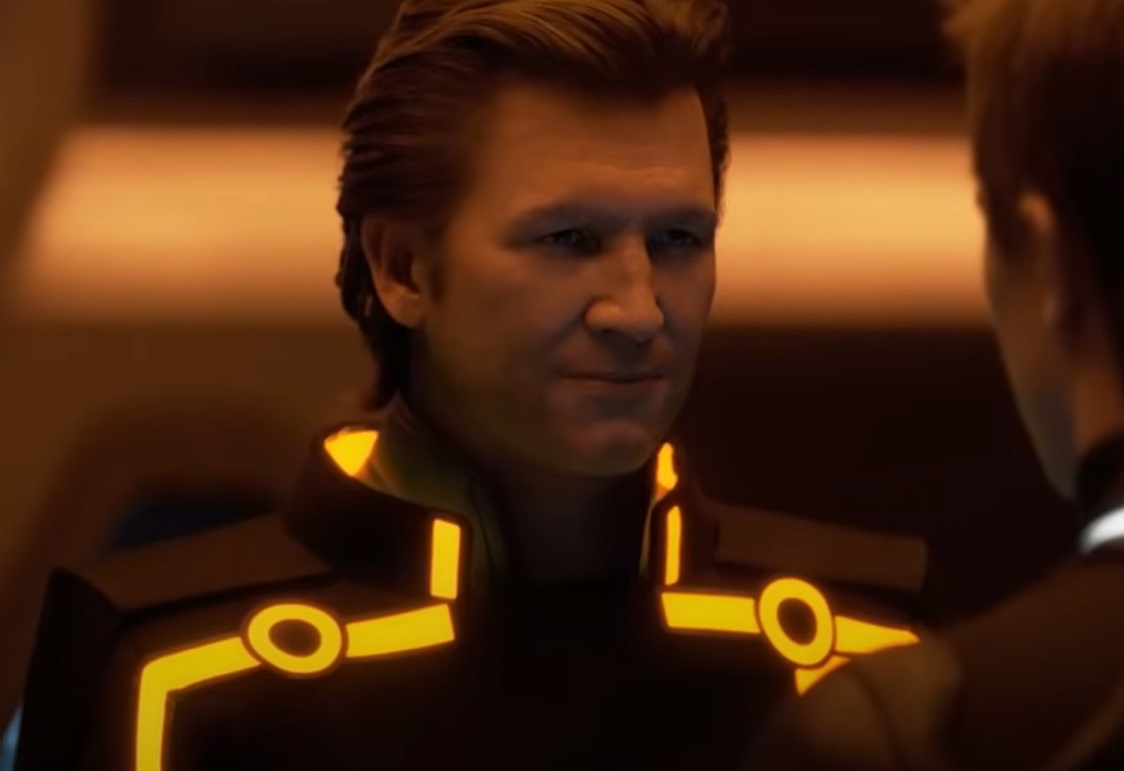 Walt Disney, Tron: Legacy (2010)
Walt Disney, Tron: Legacy (2010)
Another Creative Joined The Duo
Two years later, the director, Kosinski, joined the team to help create a winning sequel. Kosinski's concern was that this sequel shouldn’t go as how the Matrix went, so that same year, he made a trailer and finally got the go-ahead for the 2010 version of Tron.
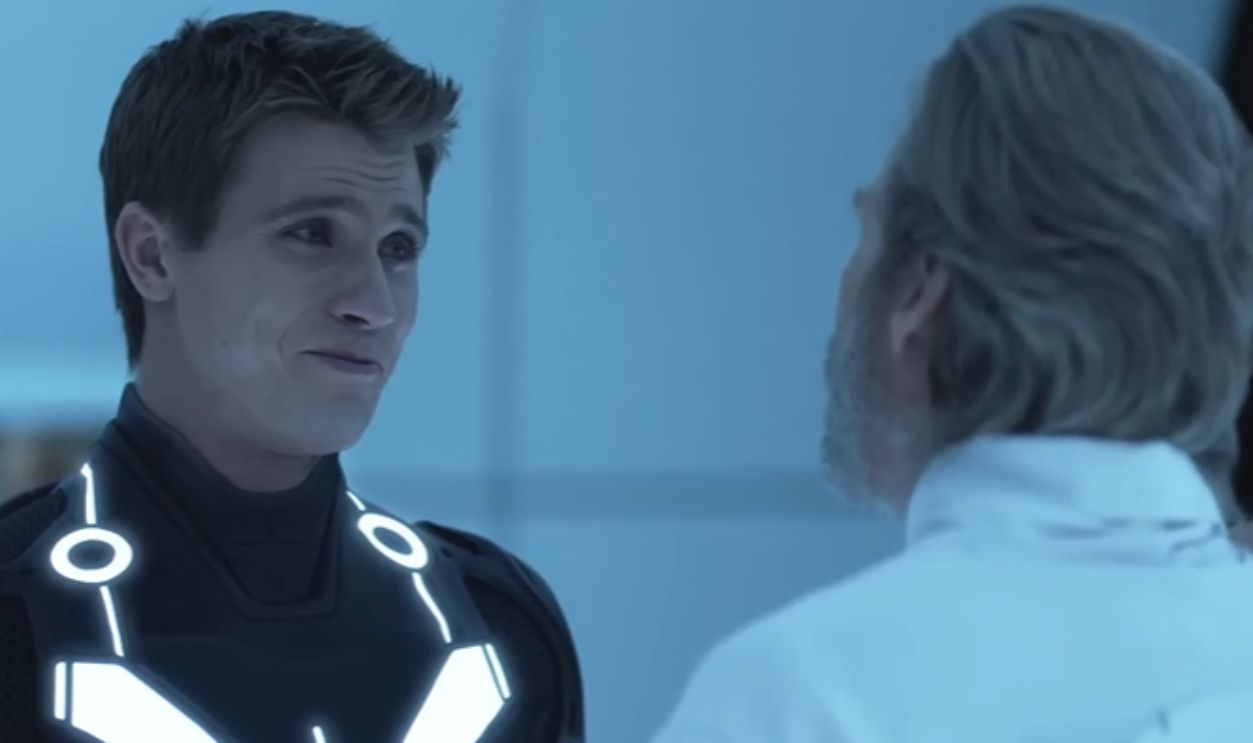 Tron: Legacy (2010) - Full Trailer [HD] by The Trailer Guy
Tron: Legacy (2010) - Full Trailer [HD] by The Trailer Guy
Five Years Later
Tron: Legacy debuted in Tokyo on November 30th, 2010, and on December 17th in the United States. Despite its visual brilliance, it received mixed reviews. Production costs soared to $170 million, and though it earned over $400 million globally, many debated its thin storyline.
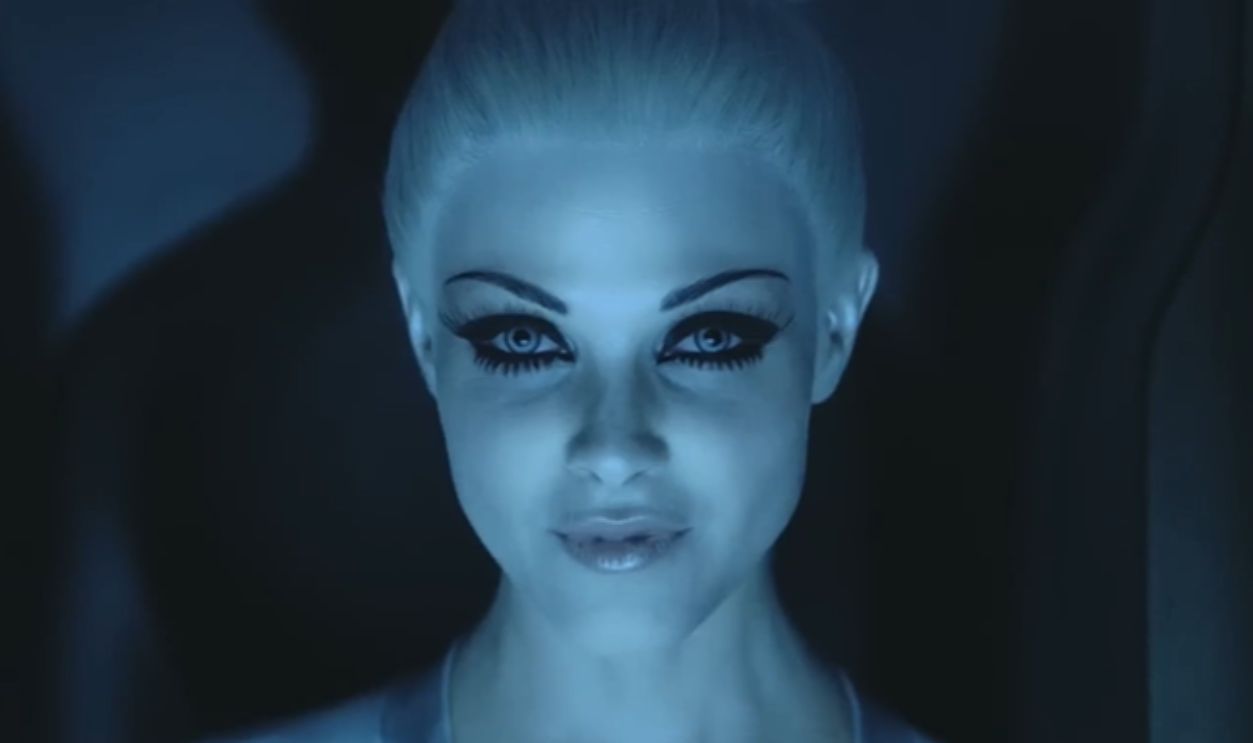 Tron: Legacy (2010) - Full Trailer [HD] by The Trailer Guy
Tron: Legacy (2010) - Full Trailer [HD] by The Trailer Guy
Escape From The Planet Of The Apes (1971)
Another piece that is part of a vast sequel is this one. It has over ten sequels. What? The original Planet of the Apes was a hit back in 1968, and it stunned audiences with its twist ending and themes of human hubris. Here, astronauts discovered a ….
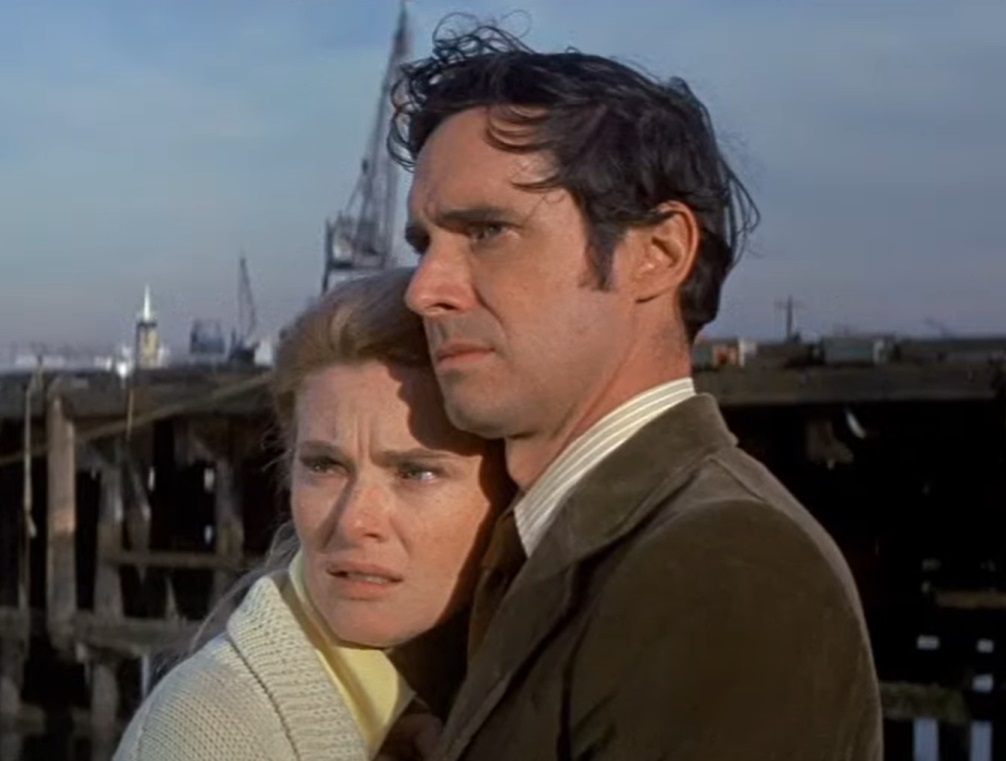 Twentieth Century, Escape from the Planet of the Apes (1971)
Twentieth Century, Escape from the Planet of the Apes (1971)
World Ruled By Apes
The Escape from the Planet of the Apes, among the four sequels released between 1970 and 1973, flipped the script. This time, three apes—Zira, Cornelius, and Milo—travel back to 20th-century Earth. The narrative explored discrimination and fear of the unknown, delivering sharp social commentary.
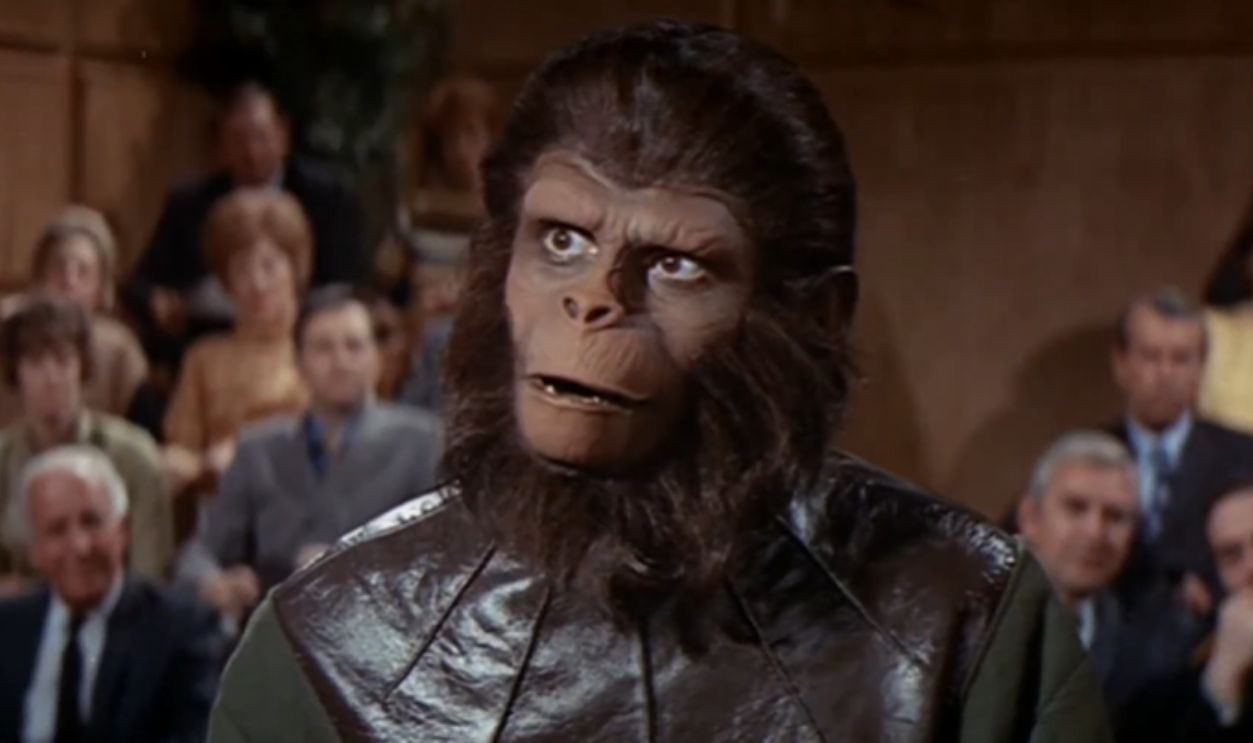 Escape from the Planet of the Apes (1971) ORIGINAL TRAILER by Unseen Trailers
Escape from the Planet of the Apes (1971) ORIGINAL TRAILER by Unseen Trailers
Was It A Hit As The OG?
The way the preceding Beneath the Planet of the Apes ended, it was purported the series would halt. No, it did not because this one still came through, and people loved it. On a modest $2 million budget, it earned six times over in Box Office revenues ($12.3 million).
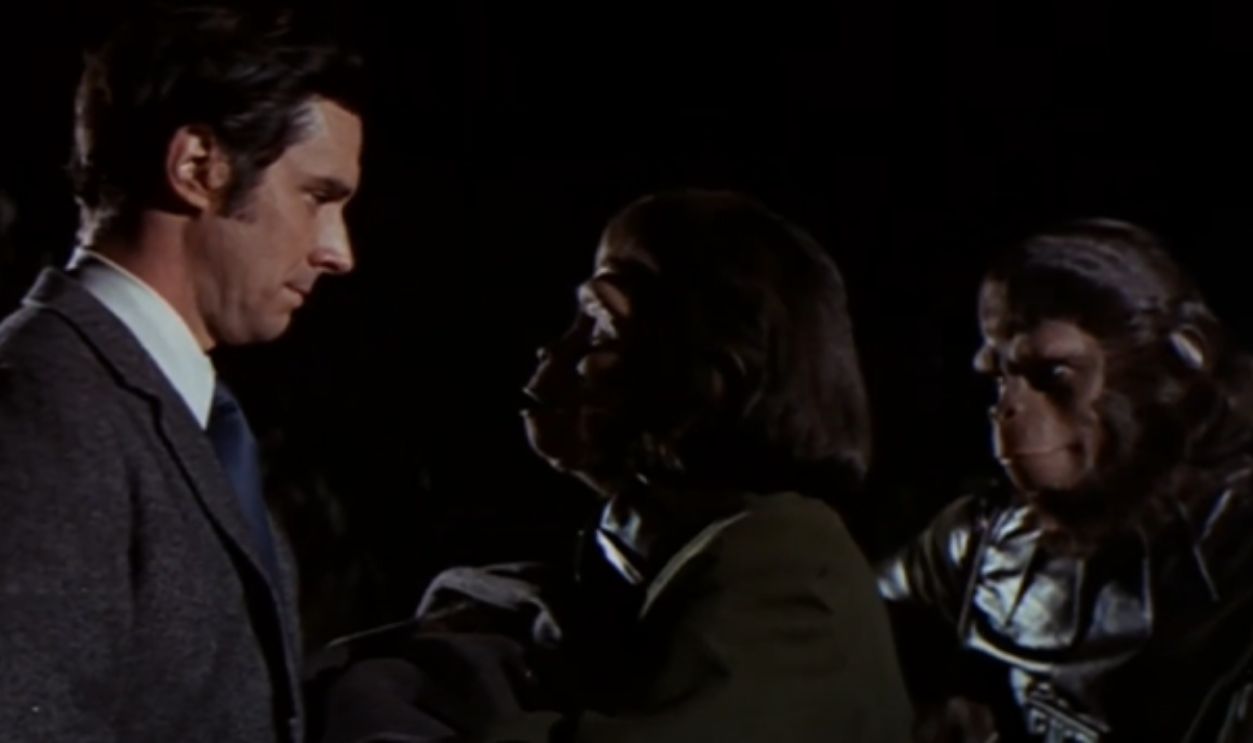 Escape from the Planet of the Apes (1971) ORIGINAL TRAILER by Unseen Trailers
Escape from the Planet of the Apes (1971) ORIGINAL TRAILER by Unseen Trailers
The Chronicles Of Riddick (2004)
This was a sequel following the 2000 Pitch Black movie. Pitch Black introduced viewers to the gritty anti-hero Riddick, a convict with fantastic instincts whose freedom is a narrow escape from a comet accident that hit the spaceship transporting him to a prison. He remains stranded on the deserted planet.
 Universal, The Chronicles of Riddick (2004)
Universal, The Chronicles of Riddick (2004)
The Mystery Was Just Beginning
When The Chronicles of Riddick came in 2004, it expanded Riddick’s universe, turning him from a mere survivor into a space-faring warrior embroiled in an intergalactic conflict. The sequel’s larger scale, stunning special effects, and the introduction of the Necromongers added depth.
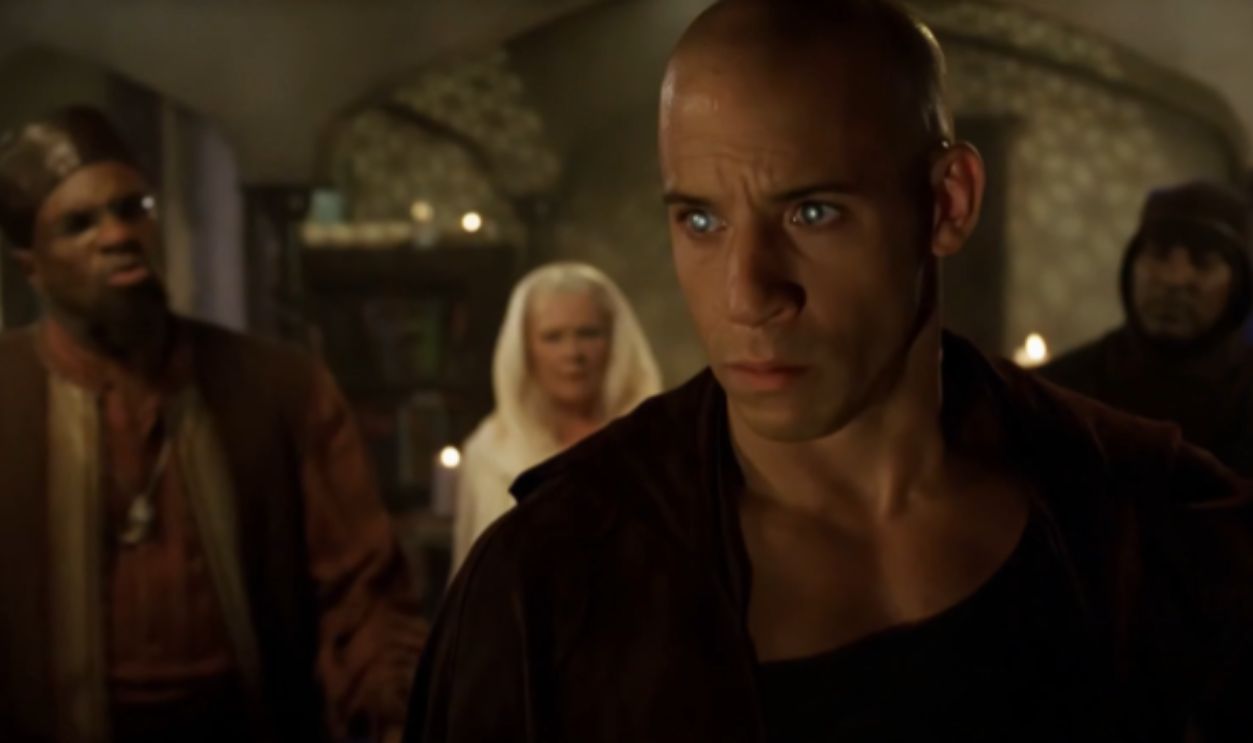 Chronicles of Riddick (2004) Official Trailer in 4K by SnazzyAI
Chronicles of Riddick (2004) Official Trailer in 4K by SnazzyAI
Not A Great Hit, Per Se
Despite its grand ambitions, it struggled to find mainstream success. On a budget of between $ 105 to $120 million, it only got $115.8 million in returns. This wasn’t its only loss because critics gave it majorly negative remarks, and Rotten Tomatoes gave it a not-so-pleasing 28%.
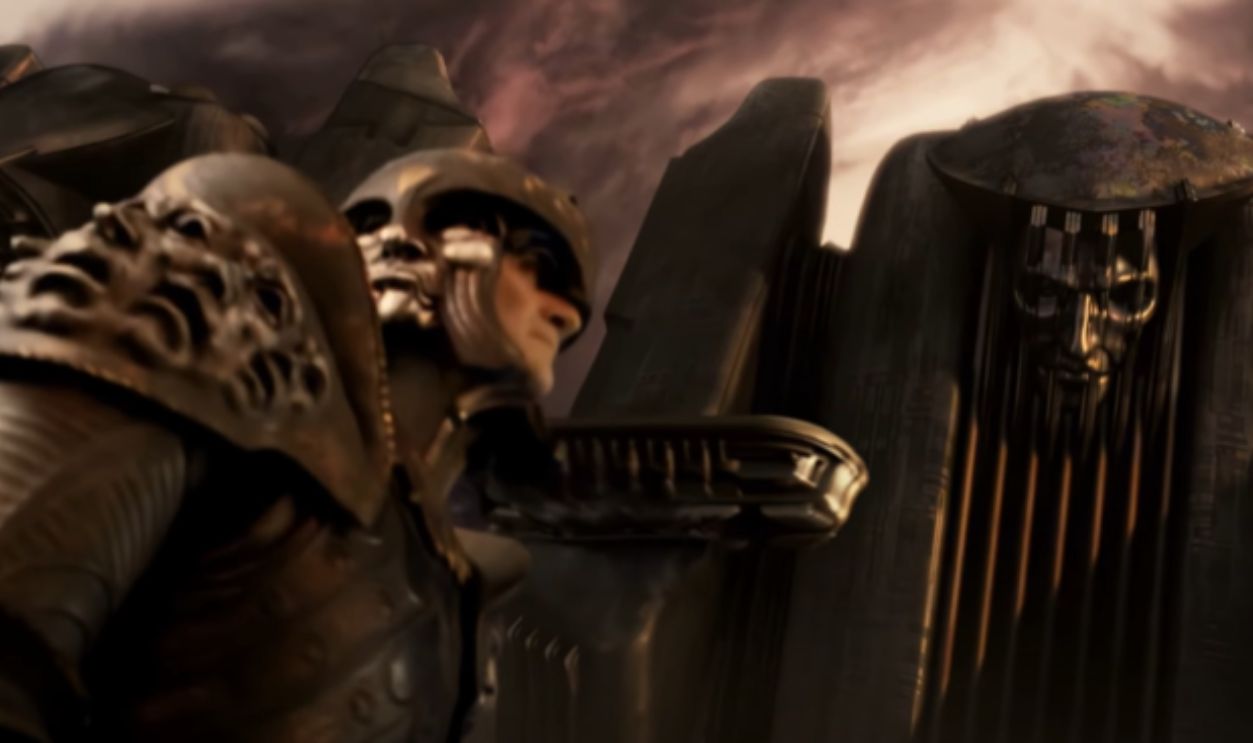 Chronicles of Riddick (2004) Official Trailer in 4K by SnazzyAI
Chronicles of Riddick (2004) Official Trailer in 4K by SnazzyAI
The Matrix Reloaded (2003)
As if you did not know about this one, but for the culture, the first ever Matrix was a 1999 hit. The original piece was nothing that the world had ever seen. The first release introduced us to Neo’s journey from hacker to savior. It struck a deep chord with viewers.
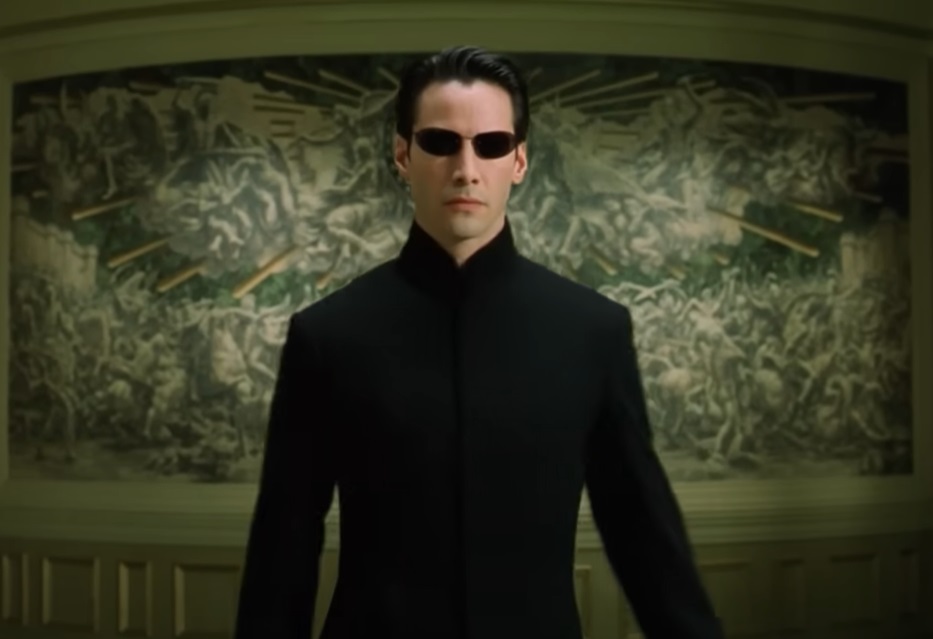 Warner Bros., The Matrix Reloaded (2003)
Warner Bros., The Matrix Reloaded (2003)
It Was A Game-Changer In Cinema
Who doesn’t remember the bullet-dodging scene? Nobody, because that is what made this piece such a phenomena. The Matrix Reloaded aimed to expand the mythology to offer viewers a deeper dive into the war between humans and machines. The infamous highway chase took the franchise to the next level.
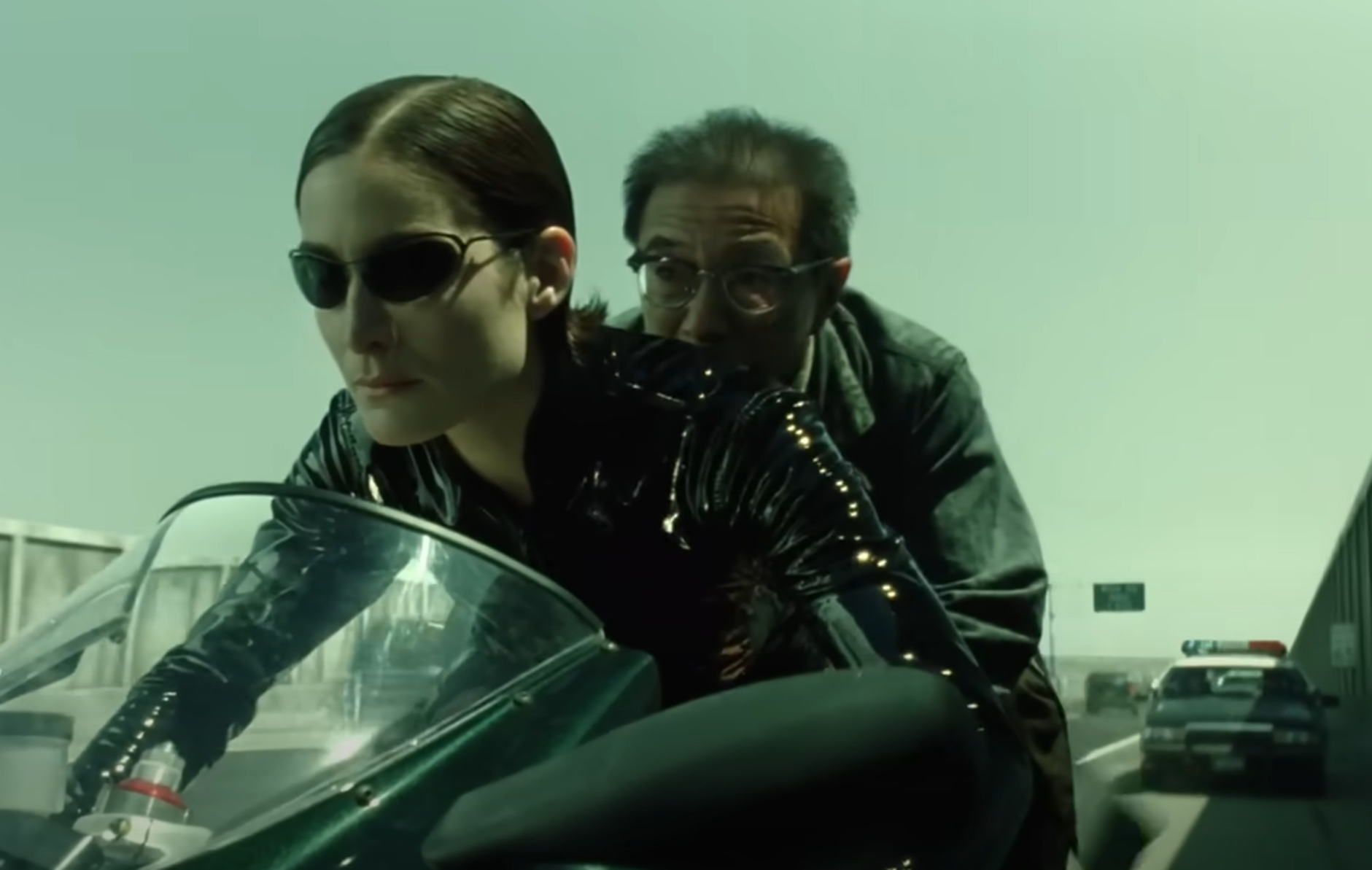 Warner Bros., The Matrix Reloaded (2003)
Warner Bros., The Matrix Reloaded (2003)
Added Elements
The inclusion of the Architect introduced mind-bending concepts that left audiences questioning everything. Again. Though regarded as a strong follow-up, reviews were polarizing. While it grossed over $740 million worldwide, some felt the philosophical elements overshadowed the action. Still, the film’s success helped solidify the franchise.
The Terminator Genisys (2015)
Even with the name "Genisys" to insinuate a beginning, the original was a 1984 film. The Terminator Genisys was number five in the line-up of sequels. In this first version, we met a terrifying cybernetic assassin that traveled back in time from 2029 to 1984. He was sent back to….
Take Out Sarah Connor
The “Terminator” was a machine sent back in time to erase humanity's existence by taking out Sarah Connor, whose son would save humanity. In Terminator Genisys, the timeline was reset, and we saw a reimagined world where Sarah Connor, the ultimate survivor, had already been raised by a Terminator.
A Hit And A Miss At The Same Time
Genisys didn’t hit the mark, but it still made money ($440.6 million from a $155–158 million budget). Reviews were mixed, and this led to the cancellation of two more sequel movies and a TV series. Would this truly be the last Terminator saga? Most probably.
Starship Troopers 2: Hero of the Federation (2004)
When Starship Troopers came out in 1997, it enchanted sci-fi fans with its satirical take on militarism and government propaganda, all while offering thrilling combat against giant alien bugs. Its blend of humor and action set it apart. Who knew the sequel would take the satire even further?
It Goes Way Back
Folks, before getting to the 2004 version, the 1997 story began in 1991. Its development began as Bug Hunt at Outpost 7, authored by Neumeier. Now fast forward to Starship Troopers 2: Hero of the Federation. This film took the franchise into direct-to-video territory but retained the wild, over-the-top energy.
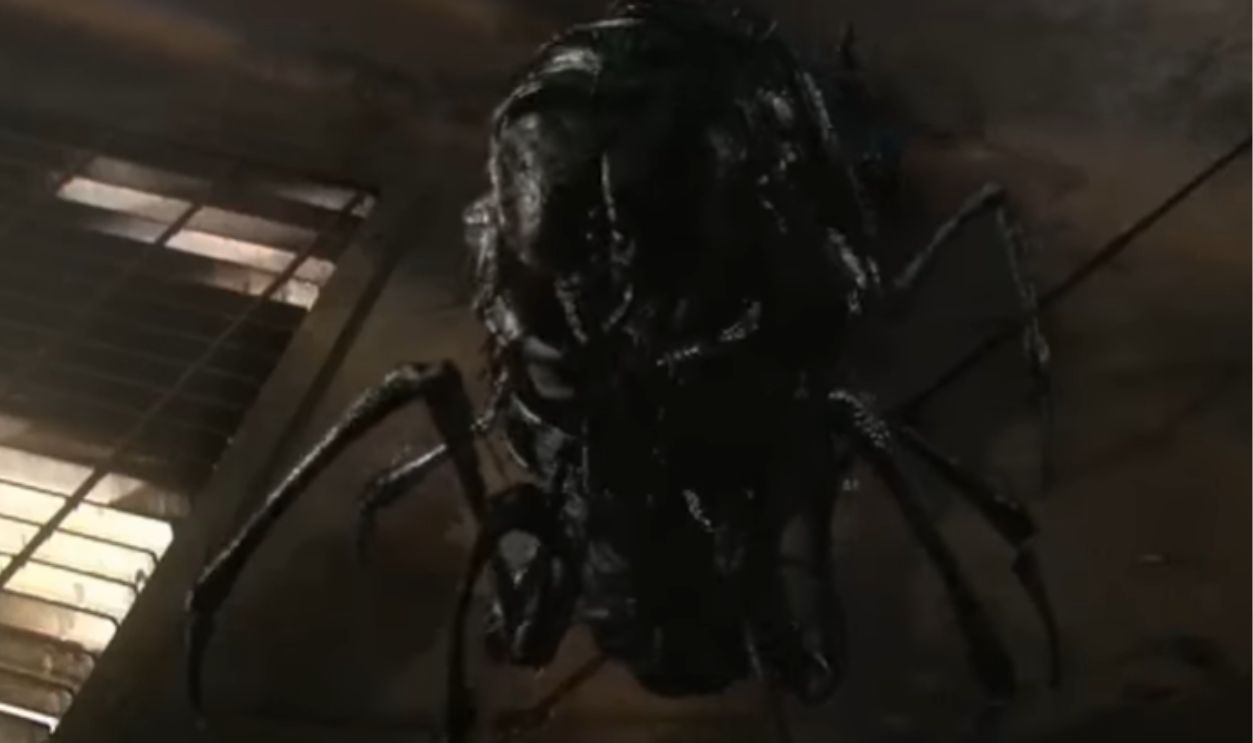 Starship Troopers 2: Hero of the Federation (2004) - Trailer by TheSciFiSpot
Starship Troopers 2: Hero of the Federation (2004) - Trailer by TheSciFiSpot
It Got A “Meh” Reaction
People had two main problems with this release. First, it changes the first film's action to horror. Then, two, it did not return the original cast to this sequel. The film has become an overlooked gem for fans who enjoy sci-fi with a side of campy absurdity.
Highlander II: The Quickening (1991)
Highlander II: The Quickening is the second film in the Highlander franchise (if the II didn’t give it out already). The original 1986 was all about immortals battling through history, and here is a quick intro: A Highlander is an ageless immortal connected to nature but cannot reproduce.
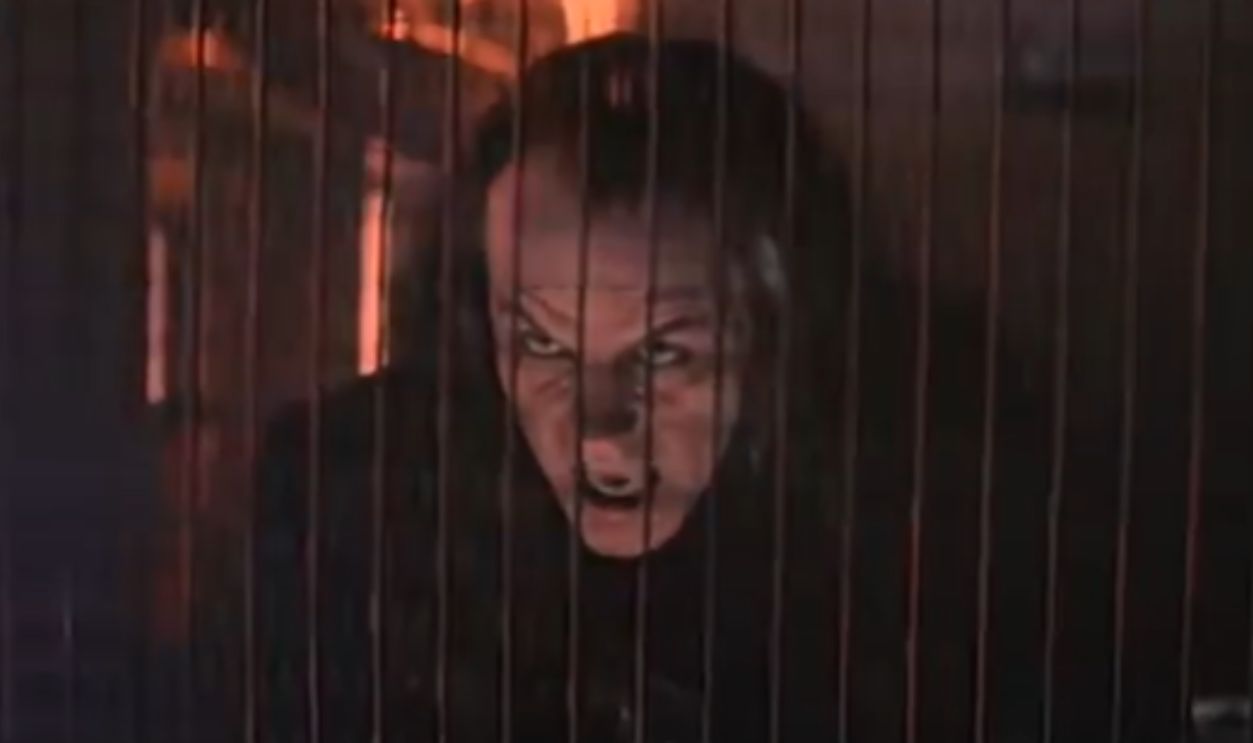 Highlander II: The Quickening - fantasy - sci-fi - 1991 - trailer - VGA by Von Gogan - Trailers
Highlander II: The Quickening - fantasy - sci-fi - 1991 - trailer - VGA by Von Gogan - Trailers
The “Quickening” Power Disadvantage
Expecting a catch? Well, here it is: Despite their immortality, one can still die if they are beheaded. And the beheader (typically another Highlander) absorbs the Quickening power of the other. So, ideally, the more you take out, the more powerful you become. Do you get the gist?
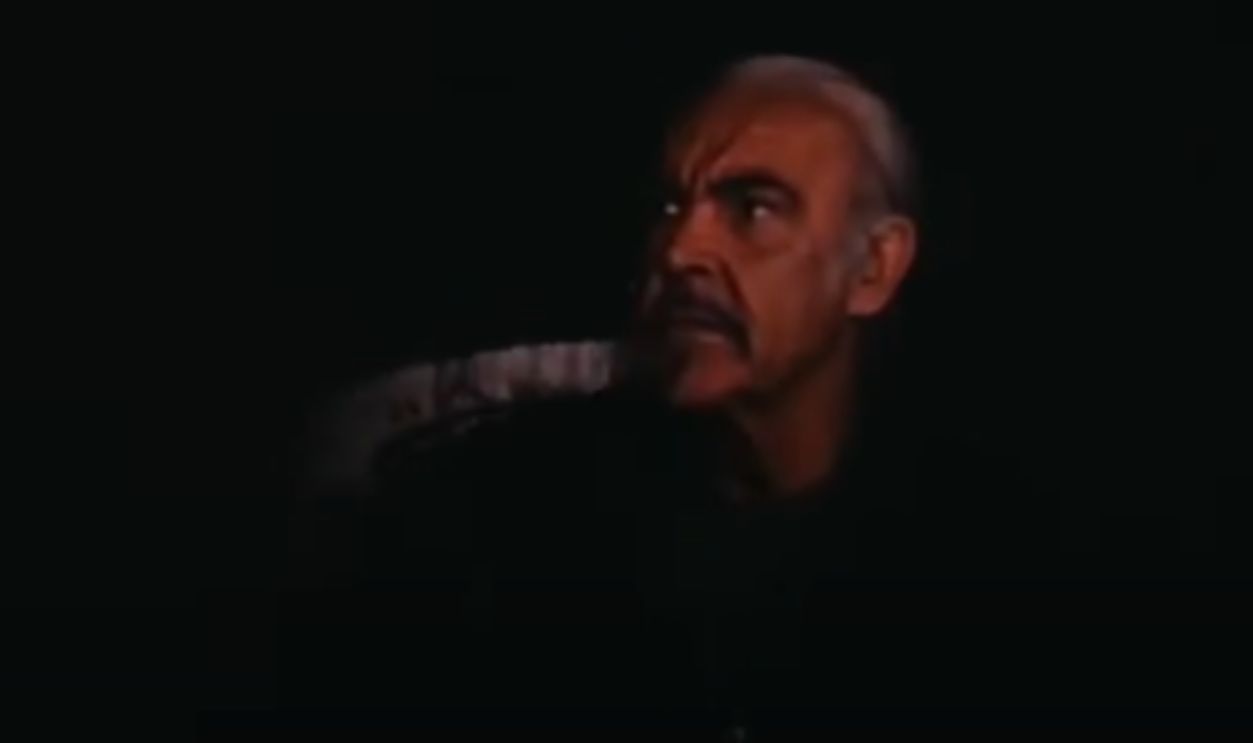 Highlander II: The Quickening - fantasy - sci-fi - 1991 - trailer - VGA by Von Gogan - Trailers
Highlander II: The Quickening - fantasy - sci-fi - 1991 - trailer - VGA by Von Gogan - Trailers
The Added Spice Denied
Even though Highlander II: The Quickening upped the ante by introducing a bizarre twist—the immortals are aliens from another planet. The sequels shifted from the grounded mythos. Was it a success? Nope. It was a flop, losing almost half its $34 million budget.
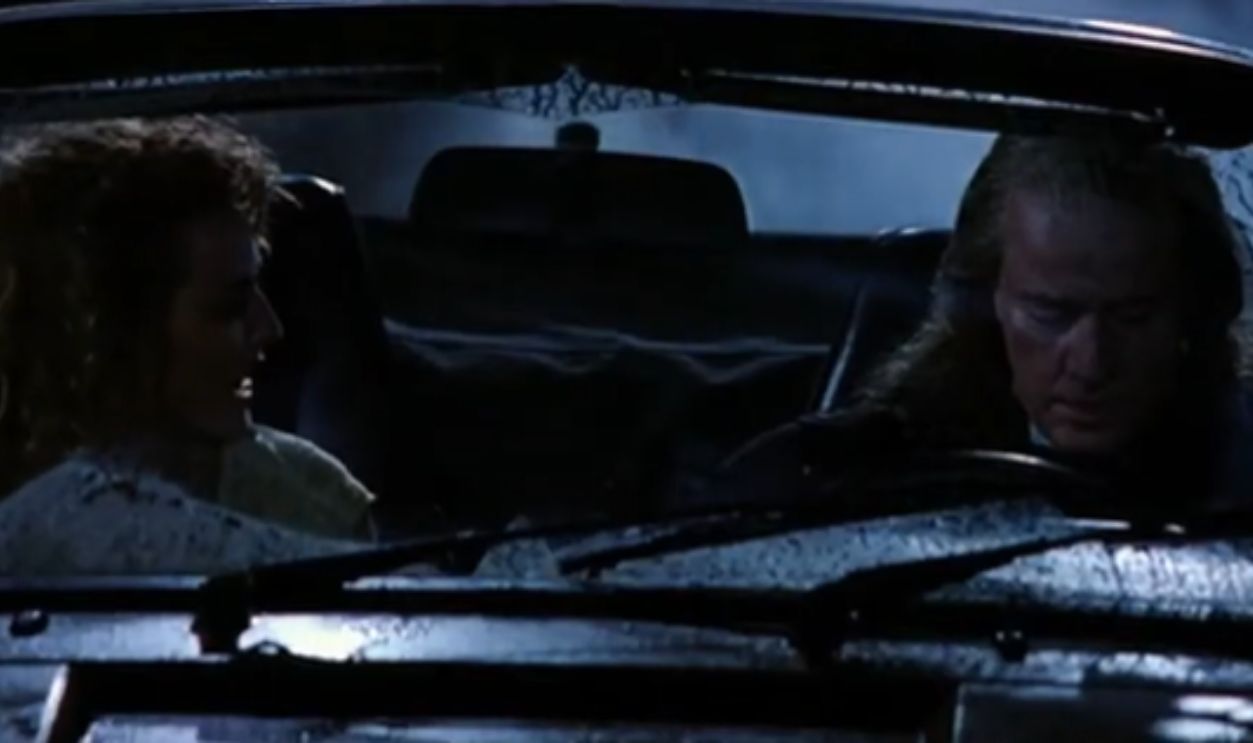 Highlander II The Quickening (1991) Trailer by Smeagol
Highlander II The Quickening (1991) Trailer by Smeagol
Blade Runner 2049 (2017)
Before we go on, what’s the deal with the years ending with 9? Terminator with 2029 and now 2049? Anyway, back to Blade Runner, the 2017 release that traces its roots back to the 1982 version. The primary version was set in future LA in 2019 (9 again).
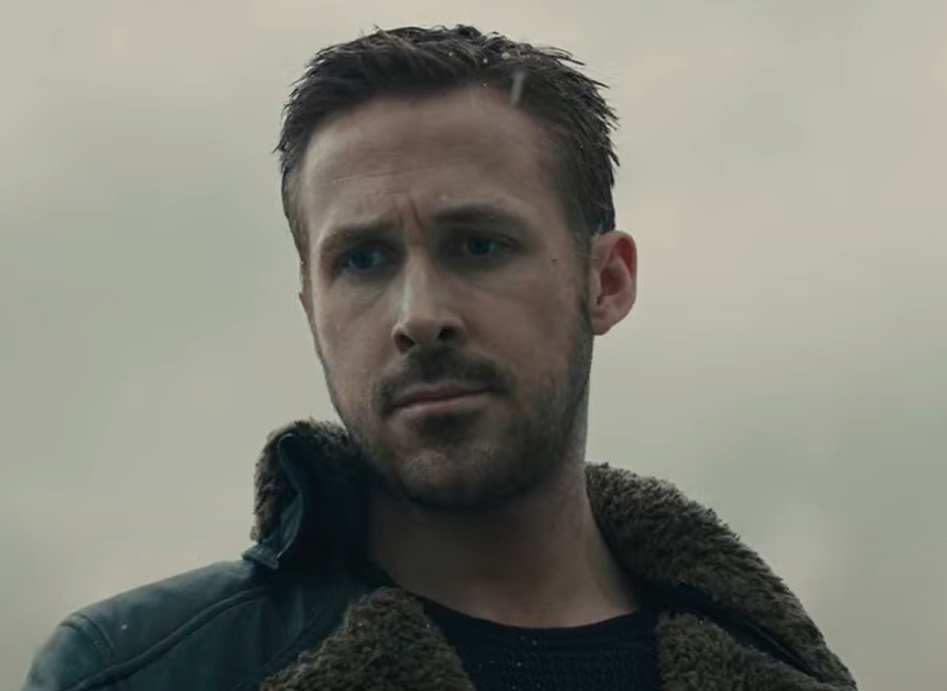 Columbia, Blade Runner 2049 (2017)
Columbia, Blade Runner 2049 (2017)
Chasing Humanity’s Meaning
The aboriginal version introduced us to profound questions about humanity, memory, and the soul in a world full of rain-soaked streets and artificial beings known as replicants. Blade Runner 2049 takes us 30 years later, and we meet a “Blade Runner”, K, who hunts and takes out retired/rogue replicants.
 Blade Runner 2049 | official trailer (2017) by moviemaniacsDE
Blade Runner 2049 | official trailer (2017) by moviemaniacsDE
A Positive Turn Of Events
This newer version did get praise from critics and won Academy Awards, but the film underperformed at the box office, grossing just $276.6 million worldwide. Nonetheless, critics were happy with the movie's authenticity, casting performance, cinematography, and directing. A win is a win.
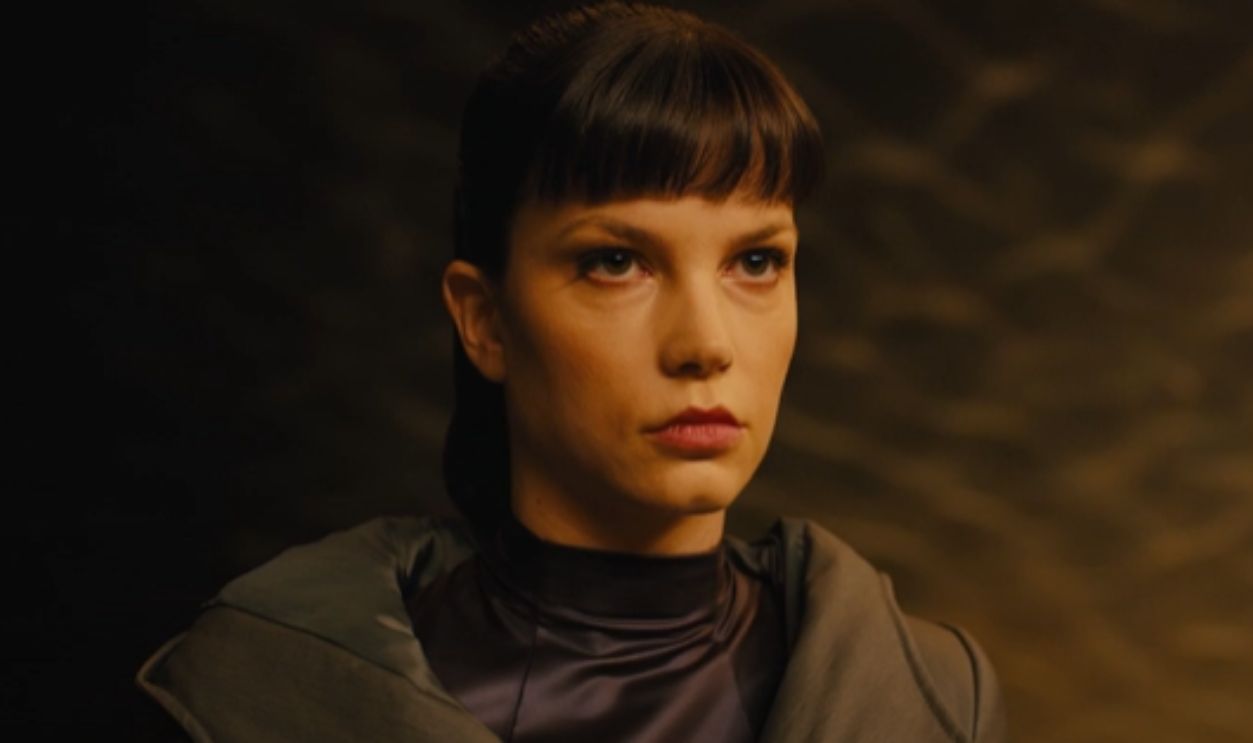 Blade Runner 2049 | official trailer (2017) by moviemaniacsDE
Blade Runner 2049 | official trailer (2017) by moviemaniacsDE
Star Wars: The Last Jedi (2017)
An obvious pick? Yes, but where does it all begin? The Last Jedi is the eighth episode in the main Skywalker saga: A part of the vast Star Wars universe that started in 1977. It was set “a long time ago” and introduces the Rebel Alliance.
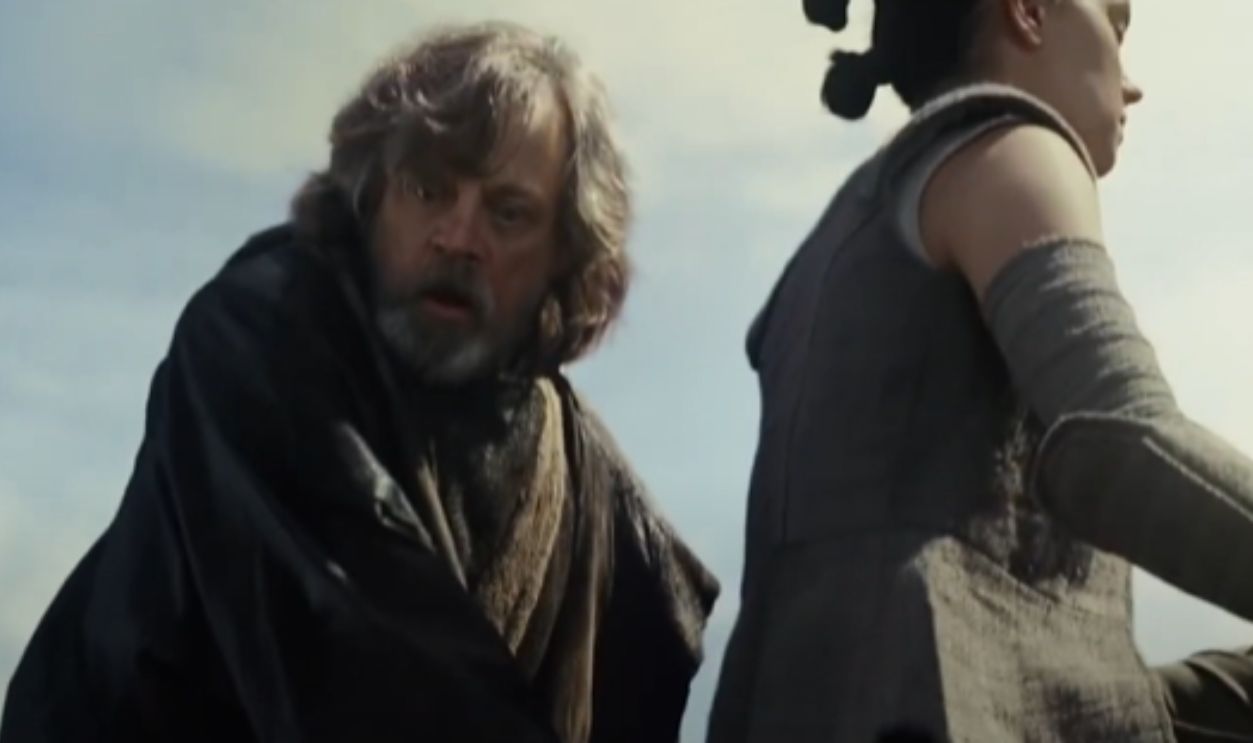 Star Wars: The Last Jedi (2017) | Official Trailer by Rewatch Rated
Star Wars: The Last Jedi (2017) | Official Trailer by Rewatch Rated
We Meet
Luke Skywalker, Princess Leia, and Darth Vader. It set the stage for a decades-long epic saga shaping pop culture. Could the sequels live up to the legend? Oh, yes, they could, and they have. As much as The Last Jedi divided fans, it undeniably brought bold new directions.
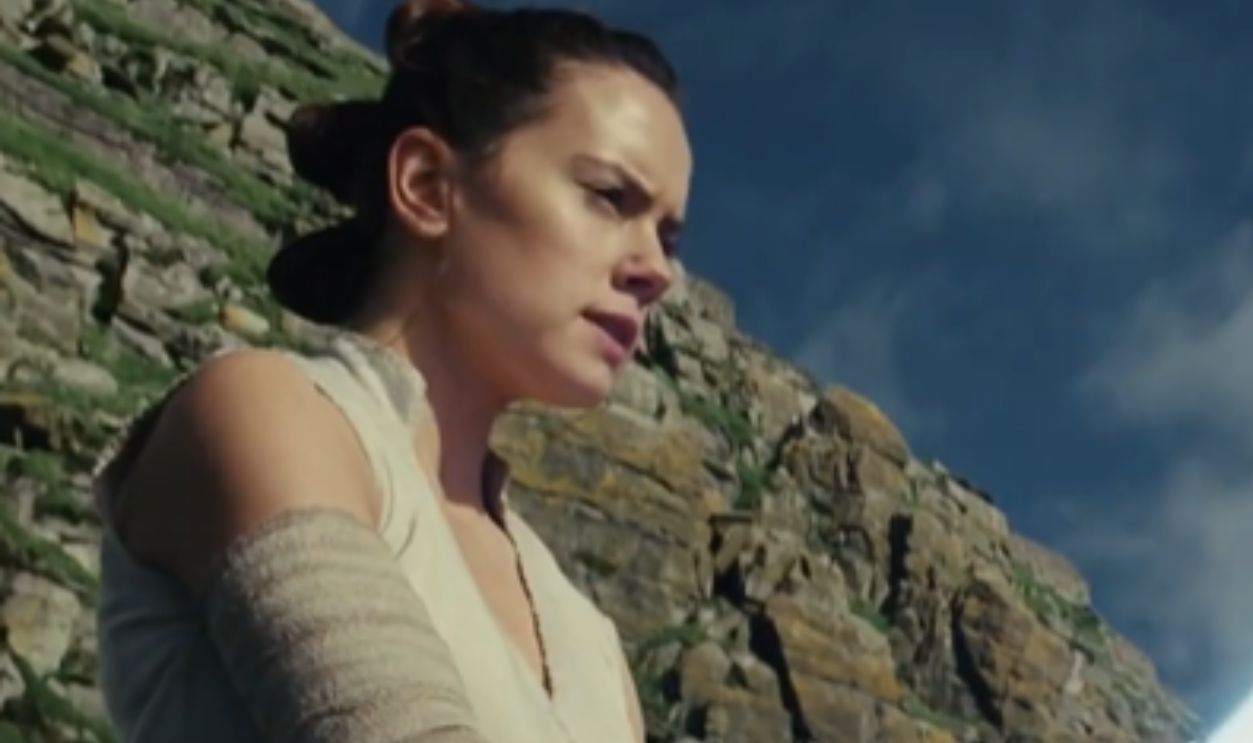 Star Wars: The Last Jedi (2017) | Official Trailer by Rewatch Rated
Star Wars: The Last Jedi (2017) | Official Trailer by Rewatch Rated
The Saga Continues
Rey’s journey continued, and Luke’s storyline took a surprising, darker turn. The film questioned the very nature of heroism, with sweeping visuals and shocking twists that left fans debating. While it’s a love-it-or-hate-it film, it still became among the highest-grossing films—a budget of $300 million. Revenue? $1.334 billion.
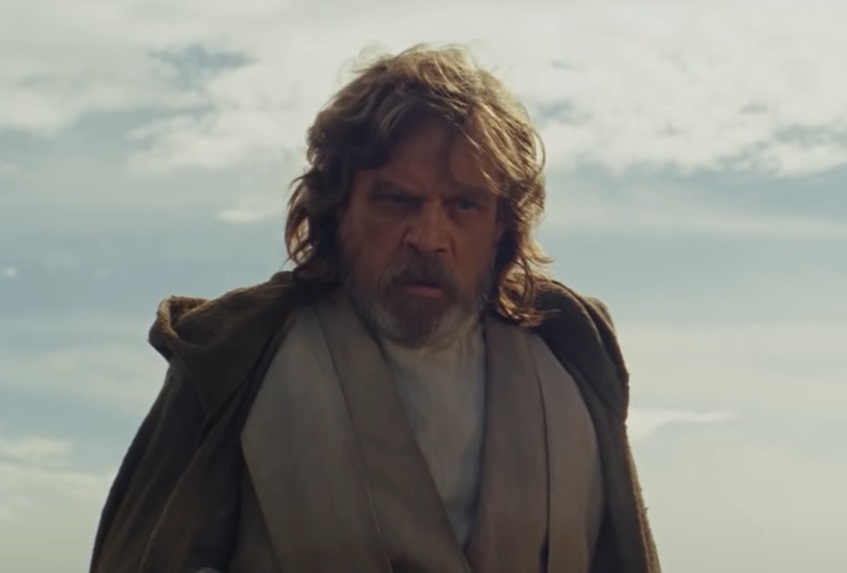 Walt Disney, Star Wars: The Last Jedi (2017)
Walt Disney, Star Wars: The Last Jedi (2017)
The Divergent Series: Insurgent (2015)
The 2014 version of this franchise began a year before, in 2014. The initial piece highlights a future where humans are partitioned into factions based on their virtues. We met the selfless (Abnegation) in grey, the kind (Amity) in red and yellow, the brave (Dauntess) donning black, the…
Intelligent (Erudite) In Blue
There was also the Candor, the honest in black and white. The rest belonged to the Factionless, with zero privilege and status. A divergent had equal parts of all the virtues, and the government felt threatened by one because they perceived them as a threat. Insurgent picks up the pace.
It All Begins With
Tris fighting against the oppressive government and uncovering secrets about her identity. The stakes are higher, and the action intensifies as the film dives deeper. It did amass a mix of good and bad reviews, but its $85 million budget produced $288.9 million in revenue. A $200+ million profit.
The Maze Runner: The Scorch Trials (2015)
The Maze Runner and Divergent franchises were clearly neck to neck in 2014 and 2015. This is because The Maze Runner also began in 2014 with yet another…gripping post-apocalyptic world. In this showdown, a group of teens were to move through a tricky maze to survive.
 Maze Runner: The Scorch Trials | Official Trailer [HD] | 20th Century FOX by 20th Century Studios
Maze Runner: The Scorch Trials | Official Trailer [HD] | 20th Century FOX by 20th Century Studios
Think You Are Out? Think Again
The 2014 version ends with a few Gladers making out of the maze. But, they are met with yet another shock—a destroyed earth. Out of the fire, into the frying pan kind of situation. The sequel thrusts the group into the harsh, sun-scorched scenery outside, facing new enemies—the Cranks.
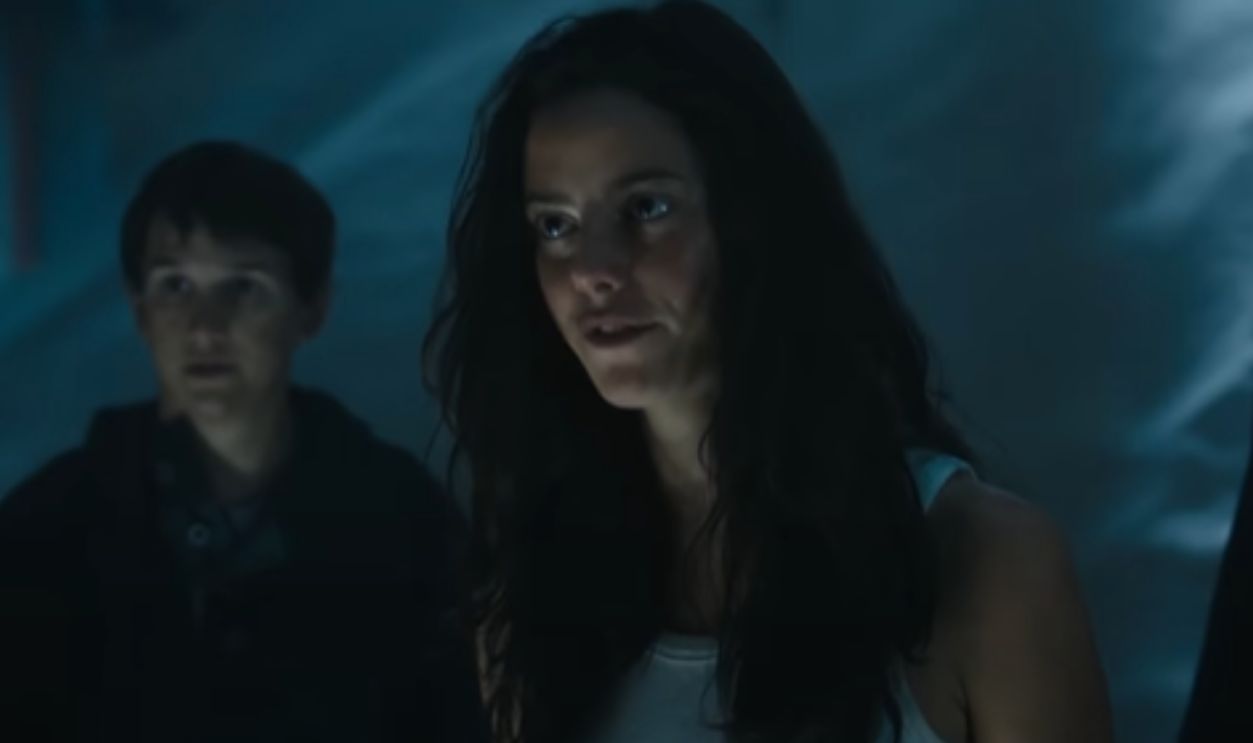 Maze Runner: The Scorch Trials | Official Trailer [HD] | 20th Century FOX by 20th Century Studios
Maze Runner: The Scorch Trials | Official Trailer [HD] | 20th Century FOX by 20th Century Studios
Could It Be Another Experiment?
Um, there are no spoilers here, so you have to watch it yourself. What we can tell you is that the 2015 film got great remarks, especially on impressive directing, actor performance, and the overall tone of the film. The money? $348.3 million from a $34 million budget.
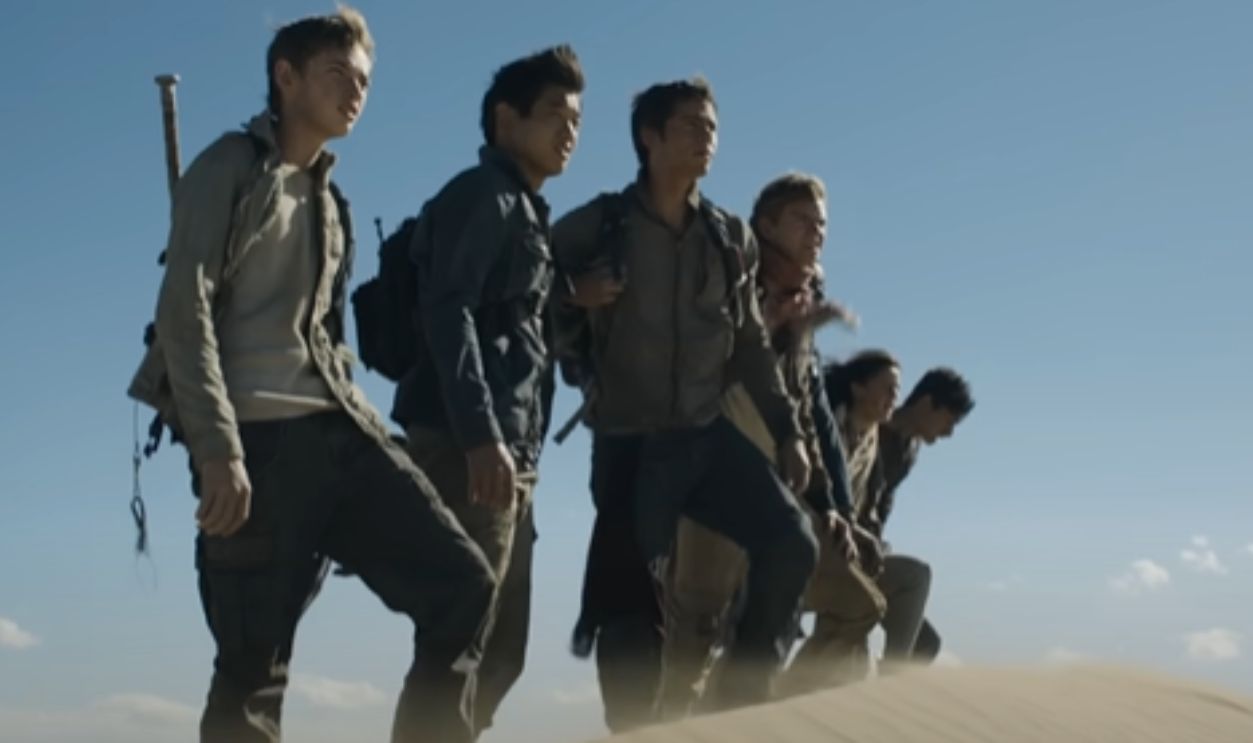 Maze Runner: The Scorch Trials | Official Trailer [HD] | 20th Century FOX by 20th Century Studios
Maze Runner: The Scorch Trials | Official Trailer [HD] | 20th Century FOX by 20th Century Studios
The Evil Dead II (1987)
The II in the title makes this the second installment from the original Evil Dead trilogy released in 1981. In the very first picture, we met Ash and the Deadites. This piece was a groundbreaking low-budget horror classic, blending gore with humor and a sense of terror.
The Horror Continued
The Evil Dead II took a different route and merged horror with slapstick comedy in a way no one expected. It picks up right after the first film but introduces new, wilder elements. Ash’s battle against the Deadites intensifies. We’re talking moments of surreal gore and hysterical madness.
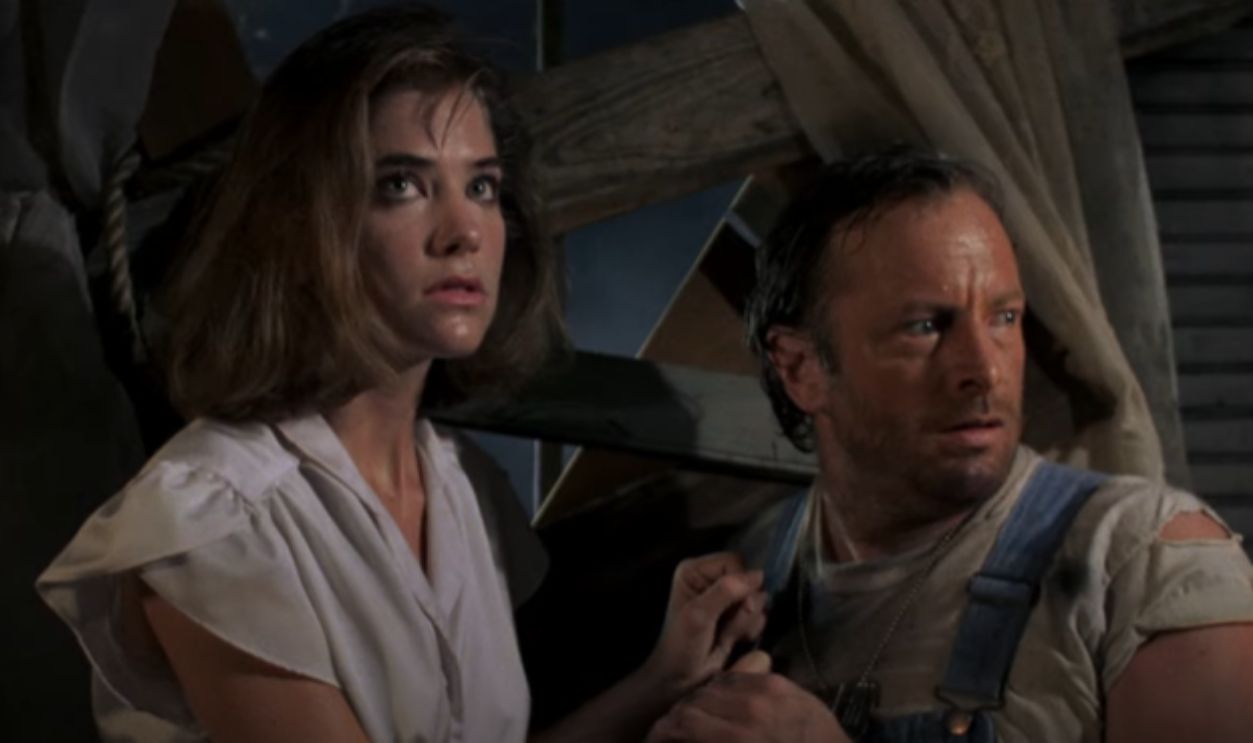 EVIL DEAD II - Clip - Directed by Sam Raimi, starring Bruce Campbell by StudiocanalUK
EVIL DEAD II - Clip - Directed by Sam Raimi, starring Bruce Campbell by StudiocanalUK
Widely Acclaimed By Critics
This version gained a cult following. Critics were happy about the added humor and the actor’s performance. From this came streaming success—another sequel called Army of Darkness, a reboot, a continuation, and a series called Ash vs Evil Dead. Add a 2023 film here called The Evil Dead Rise.
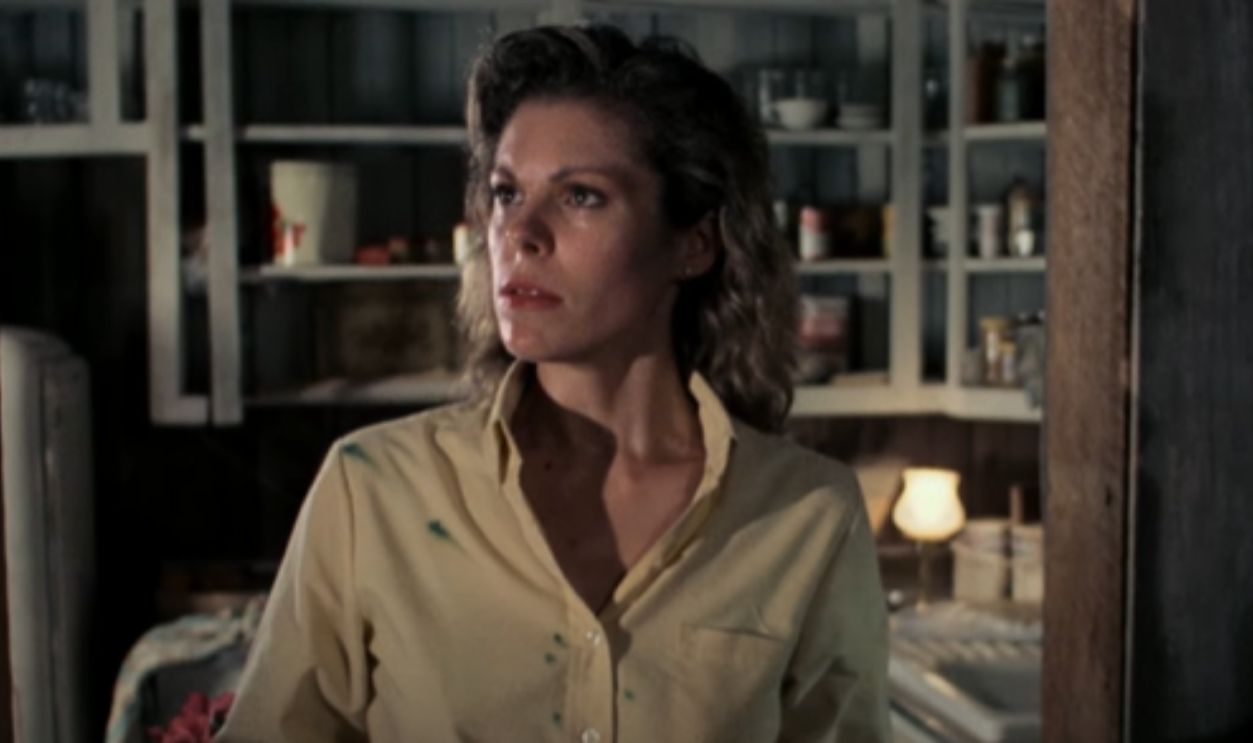 EVIL DEAD II - Clip - Directed by Sam Raimi, starring Bruce Campbell by StudiocanalUK
EVIL DEAD II - Clip - Directed by Sam Raimi, starring Bruce Campbell by StudiocanalUK
Pacific Rim: Uprising (2018)
The 2018 Uprising came after the 2013 Pacific Rim. The 2013 picture introduced us to Earth, set in the future, where humanity is at war with giant sea monsters called the Kaiju. Humans create equally gigantic humanoid mechs to counteract the monsters.
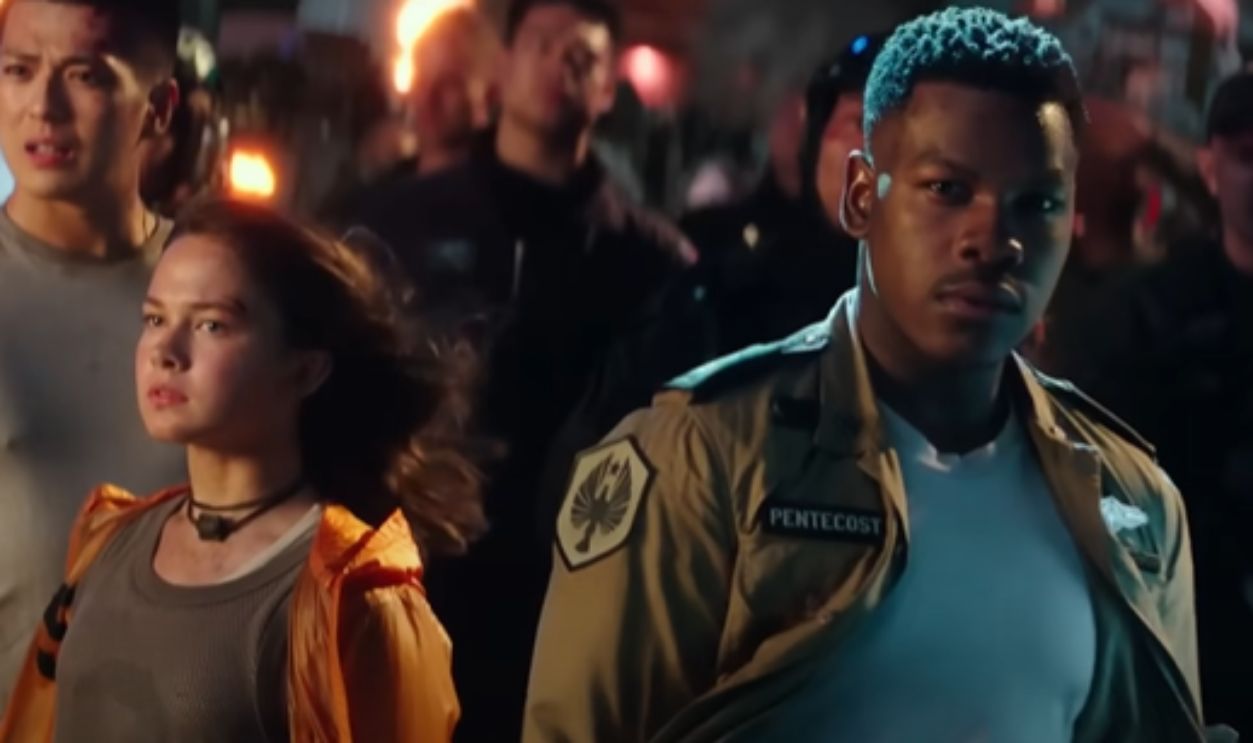 Pacific Rim: Uprising Trailer #1 (2018) | Movieclips Trailers by Rotten Tomatoes Trailers
Pacific Rim: Uprising Trailer #1 (2018) | Movieclips Trailers by Rotten Tomatoes Trailers
The Action Continued
Pacific Rim: Uprising took the story forward with a new generation of Jaeger pilots. This sequel introduces a larger-scale conflict as humanity faces new kaiju threats. The film maintained its visual flair despite losing Guillermo del Toro in the director’s chair.
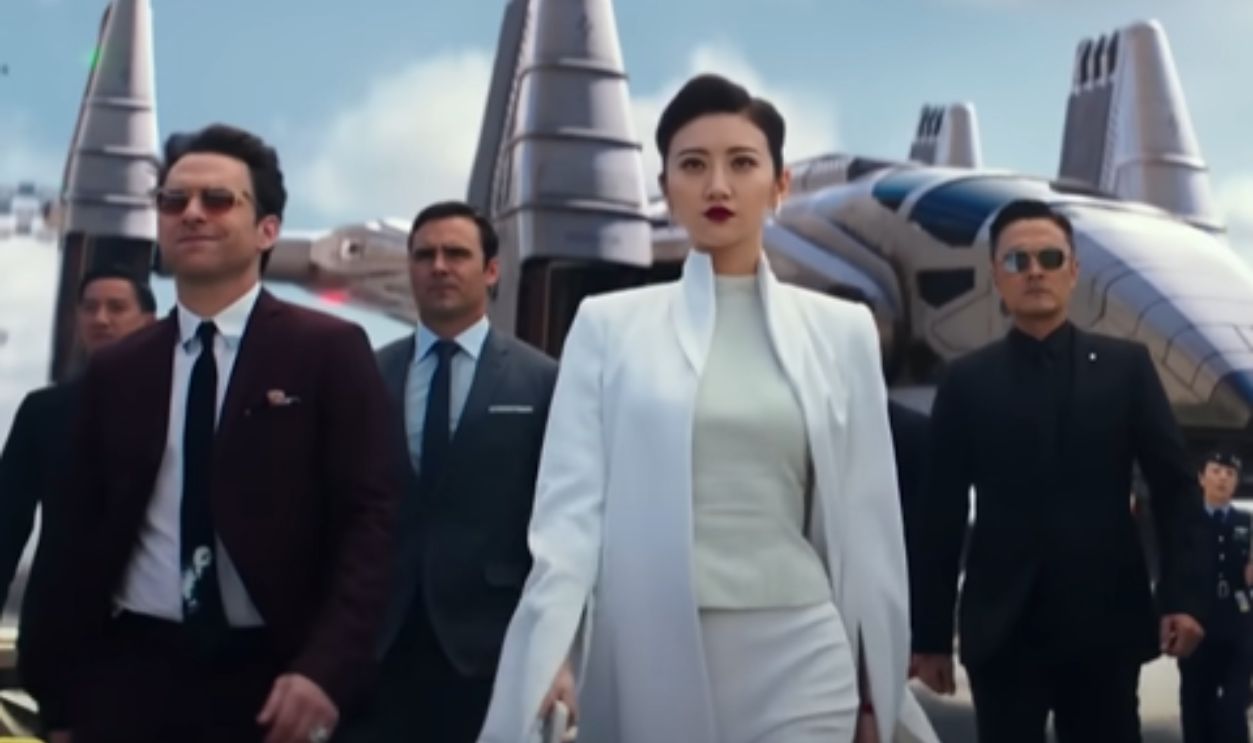 Pacific Rim: Uprising Trailer #1 (2018) | Movieclips Trailers by Rotten Tomatoes Trailers
Pacific Rim: Uprising Trailer #1 (2018) | Movieclips Trailers by Rotten Tomatoes Trailers
Mixed Reviews, Lower Revenue Compared To Predecessor
Critics started with the positives—impressive acting, visuals, and action—then the storyline was the negative aspect. Compared to its predecessor, which grossed over $400 million, this one dipped to give back $290.9 million. But that wasn’t the end because, in 2021, Netflix released its animated series.
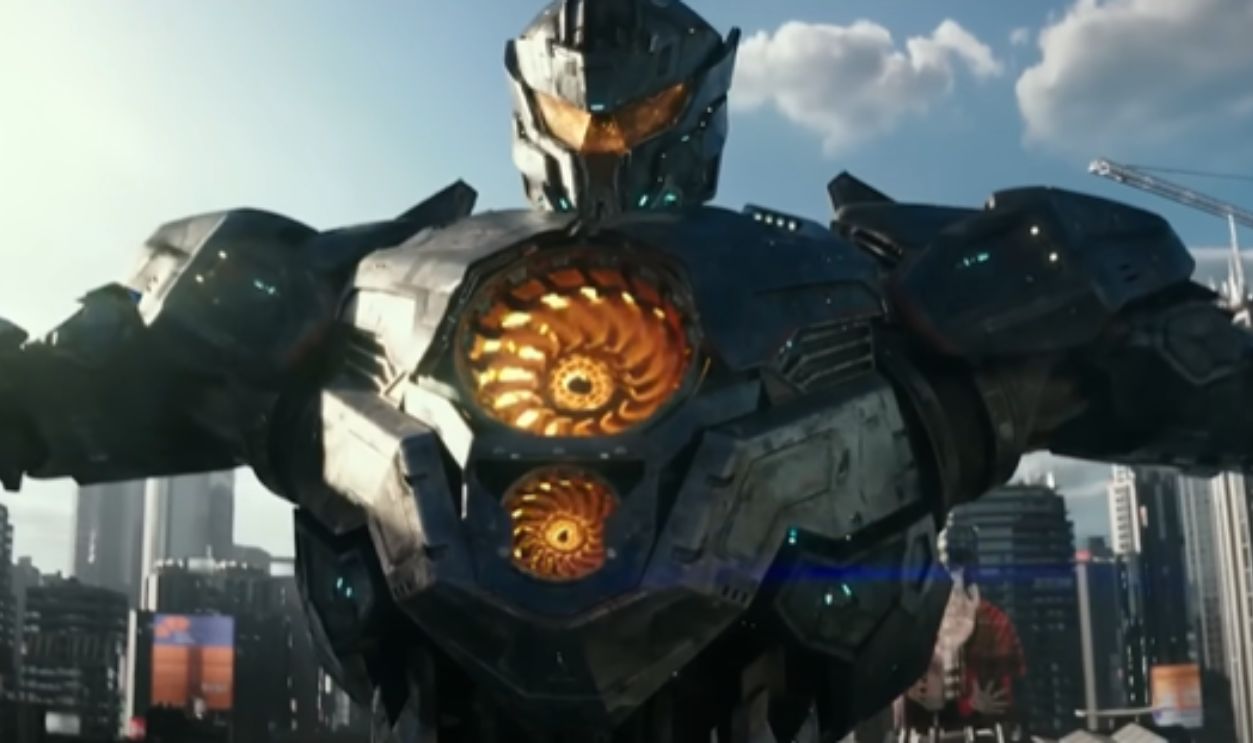 Pacific Rim: Uprising Trailer #1 (2018) | Movieclips Trailers by Rotten Tomatoes Trailers
Pacific Rim: Uprising Trailer #1 (2018) | Movieclips Trailers by Rotten Tomatoes Trailers
John Carpenter’s Escape From L.A. (1996)
John Carpenter’s Escape From L.A. started as Escape From New York in 1981. In the 1981 version, New York was so crime-riddled that Manhattan Island had become a maximum security prison. Snake Plissken, played by Kurt Russell, was tasked with rescuing the president from this lawless Manhattan.
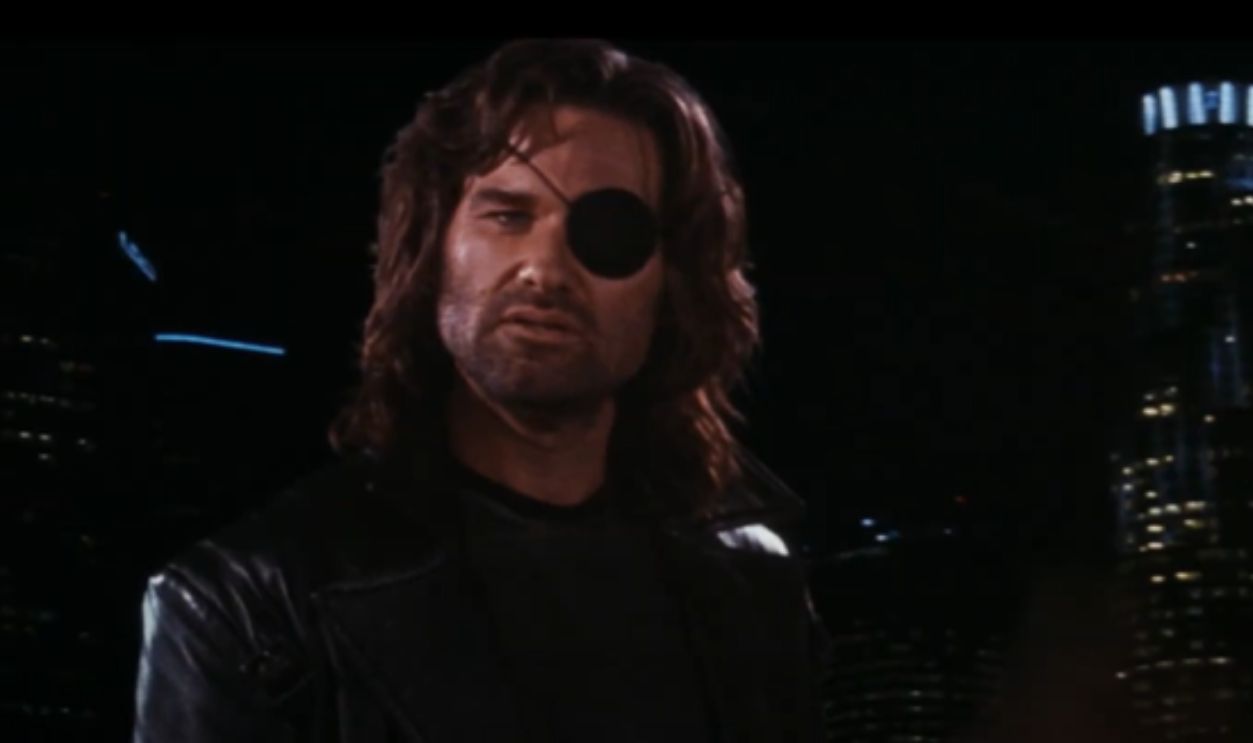 John Carpenter's Escape From L.A. - Trailer (HD) (1996) by Tue Nguyen
John Carpenter's Escape From L.A. - Trailer (HD) (1996) by Tue Nguyen
The Sequel Reintroduced Snake
Escape from L.A. reintroduced Snake, now sent to the equally dangerous city of Los Angeles to retrieve a doomsday device. The sequel amped up the action and delivered an over-the-top, satirical take on '90s pop culture. Snake’s gruff persona, along with its ridiculous set-pieces, made it a cult classic.
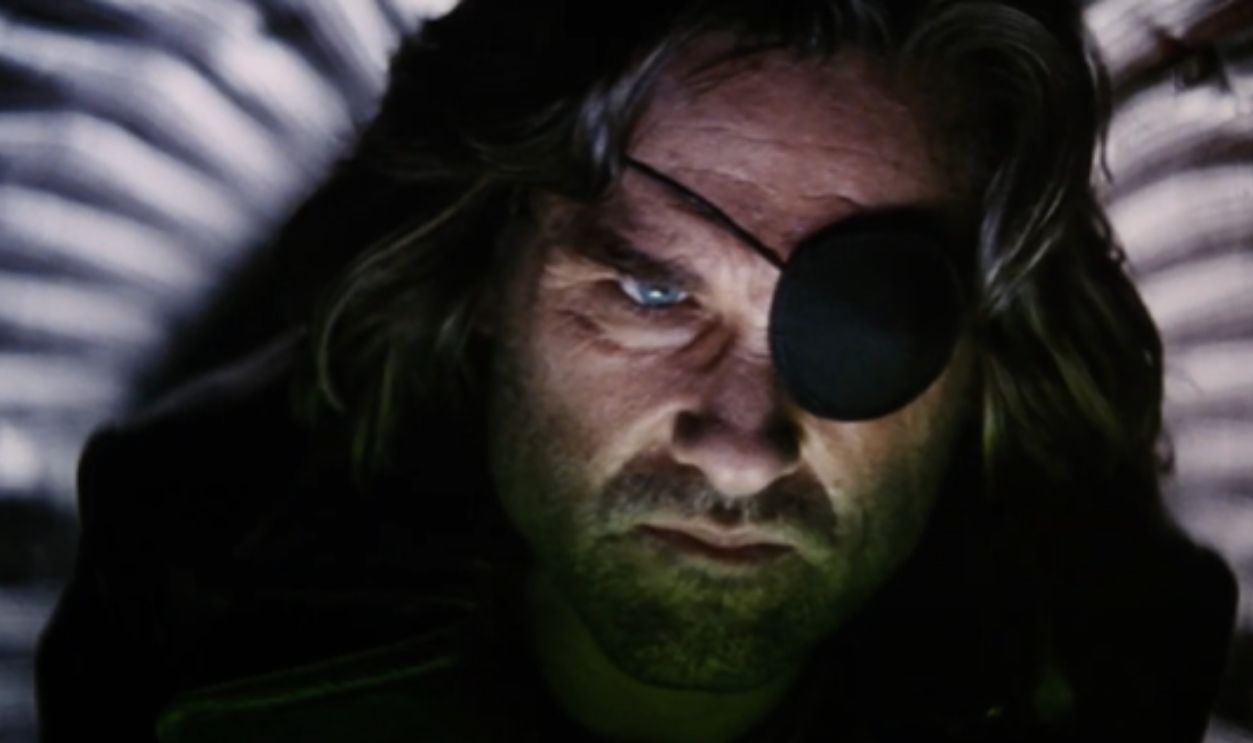 John Carpenter's Escape From L.A. - Trailer (HD) (1996) by Tue Nguyen
John Carpenter's Escape From L.A. - Trailer (HD) (1996) by Tue Nguyen
Its Reception?
Reception was mixed, but the most highlighted fact was that the film failed to meet the studio’s expectations at the box office. They lost almost $8 million: A budget of $50 and a revenue of $42.3 million. It was a flop compared to its predecessor.

